| ←(Use Google Translate to see an approximate translation into another relevant language) |
[General index] [Index to chapters] [Index to galleries] [Full family history]
Columbia University 1966-2011
This is a chapter extracted from the family history that I'm writing for my children.In August 1966, after three years in the Army and then six months in Washington DC, I moved to New York City and within a matter of weeks I started as a full-time student in Columbia University's adult division, the School of General Studies. I also worked at Columbia the whole time; first in Butler Library, later in the Engineering School. Then in 1974 I got a full-time job in the Computer Center and stayed with it until I was laid off in 2011.
Peter Marsh = My college rommate.—Frank da Cruz <fdc@columbia.edu>
Amy = My daughter.
Peter = My son.
Mr.P = Peter.
You guys = Peter and Amy.
Judy = My ex-wife Judy Scott.
Mommy = Judy.
Granpa = Judy's father, Ulysses S. Scott.
Granma = Judy's mother, Consuelo Lillian Scott (née Bergen).
Most recent update: 14 December 2023 15:42:07
Columbia University...
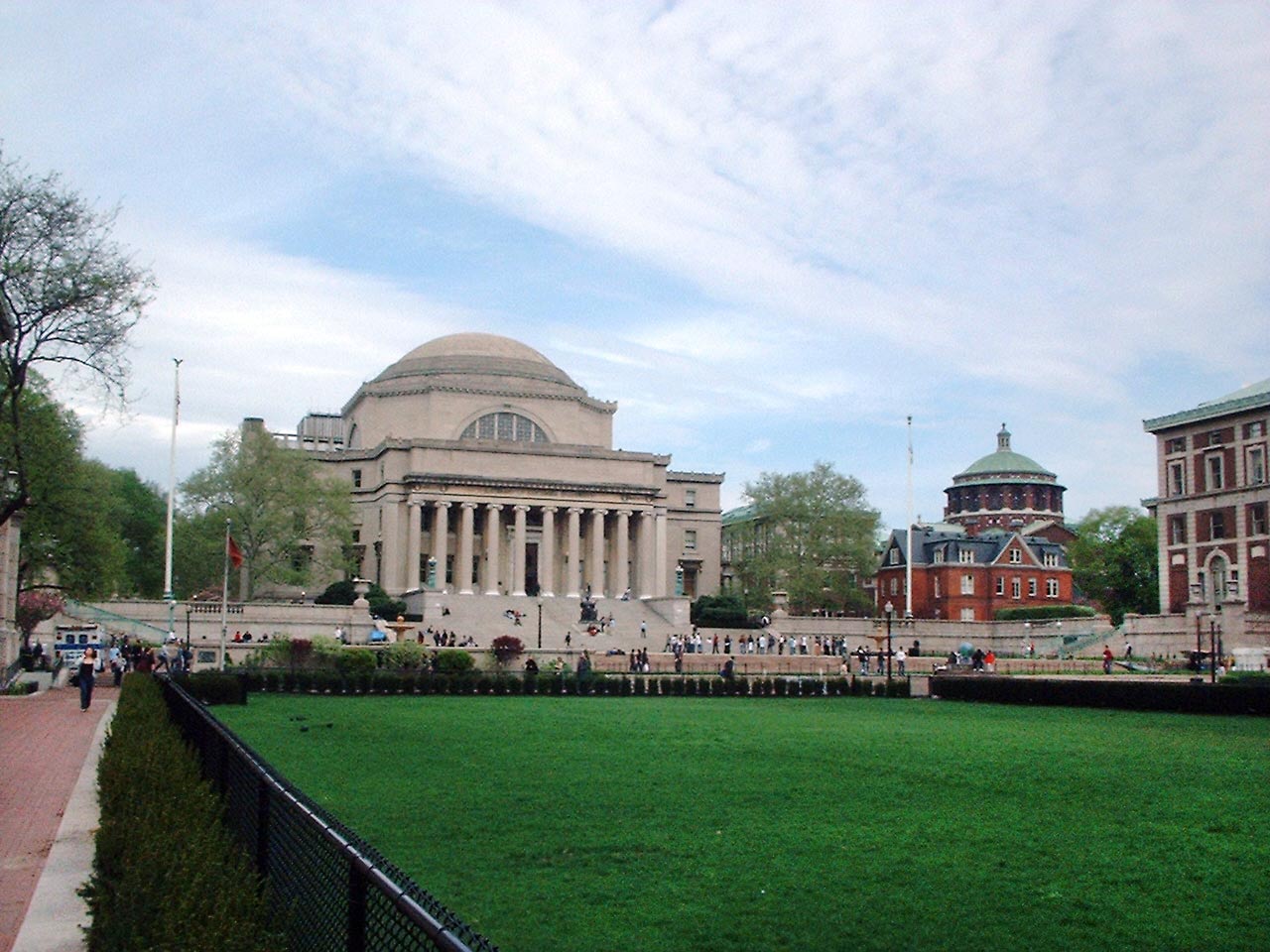
|
| Columbia University 2002 |
In September I started a full load at GS and still worked full time in the library, 40-60 hours a week. I ended up with a BS in Sociology in 1970, somewhat belated because I was suspended for a semester due to the sit-ins and arrests. I paid my way totally by working, plus a $100-per-month stipend from the VA, and whatever meager scholarships I could get. Also Peter Marsh and I would go to P&S once a month and sell blood for $10 and some free juice and cookies.
My undergraduate degree was pre-Internet, pre-computer, purely paper and pencil, blackboards and chalk, books and libraries and typewriters. The only exception was one single sociology class that used computers, but I dropped it because we had to go to the East Side where *the* computer terminal (an IBM Selectric typewriter) was.
The only computers were mammoth multimillion dollar monsters accessible only to a select few and even then only by punch cards and printouts, and they were not networked. There was no email. TV was still broadcast, cable didn't come until the 1970s. Music was on 33⅓ and 45rpm records and LPs; there was a record store on Broadway across from Columbia. Although video recording had been invented, it did not reach the mass market until the 1970s, so there were no VCRs, no video rental. Anyway I never had a TV until the 1970s although Peter Marsh and I rented one briefly at 109th Street for the 1968 Olympics. At Columbia, papers had to be typed on typewriters. Around every university was a bunch of stores for used and new typewriters, and Butler Library had coin-operated public typewriters. I bought a Czechoslovakian manual typewriter for $5.00 that I wrote all my papers on. Offices had electric typewriters, usually the IBM Selectric. I have been a good typer since high school, when my dad and mom made me learn to touch-type. To this day I can type about 120wpm just like both of them. I imagine my life would have turned out a lot different if that hadn't happened.
I got straight A's all through freshman year. Sophomore year was 1968, when I was in Low Library and was arrested twice, etc, so no more straight A's.
Interlude: Student uprising 1968
[Read 1968 history]My first impression of Columbia was pretty good: the students, faculty, and staff... A lot of fast-talking New Yorkers, it was "somewhat" integrated (staff: very; student body: a little; faculty: not much). There were lots of antiwar demonstrations and pro-Harlem activity. In 1966 and 1967 I was in a lot rallies and marches against the Vietnam war and/or racism, including several huge ones in Washington DC. In 1967 I withheld 84% of my tax bill; click here to see what I wrote to IRS by way of explanation (I remember typing this in the Bertha with Mommie and Jude and Peter and Wendy watching over my shoulder). I never heard a peep from the government about it.
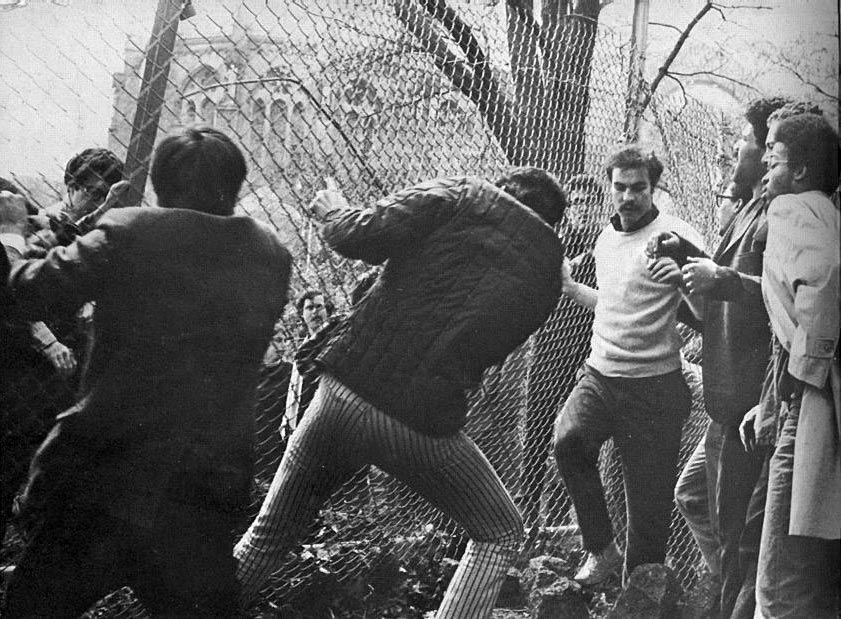
|
| Breaking into the gym site 1968 |
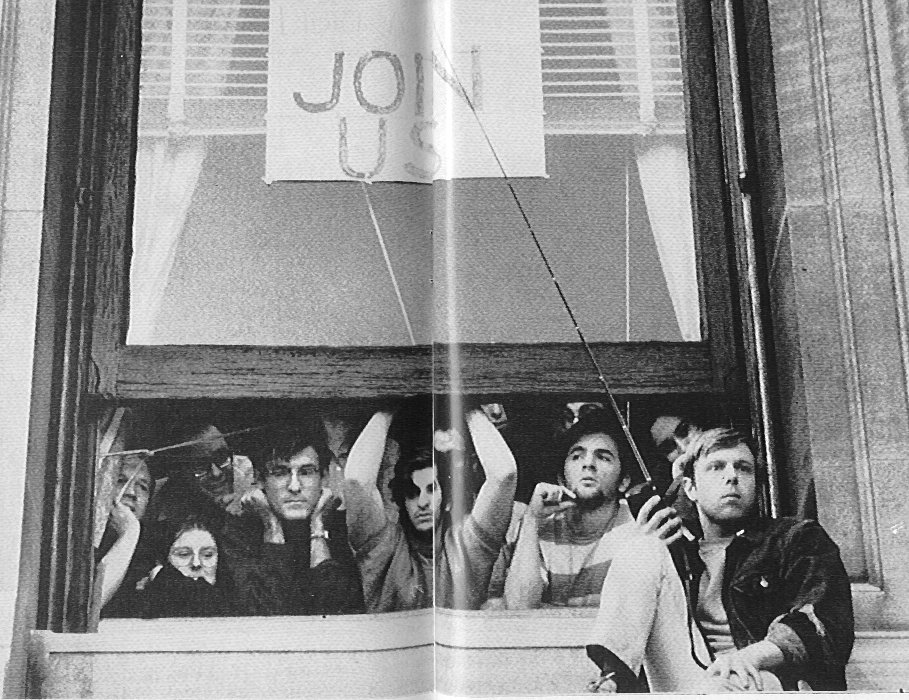
|
| Me in Low Library 1968 |
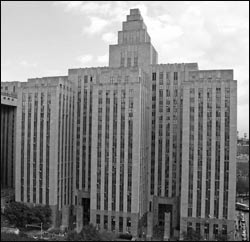
|
| 100 Centre Street |
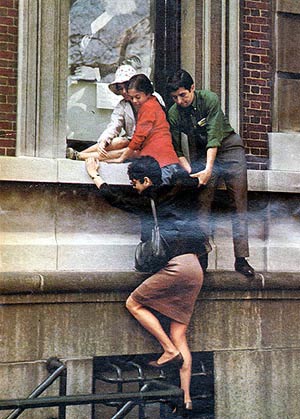
|
| Tom Hayden 1968 |
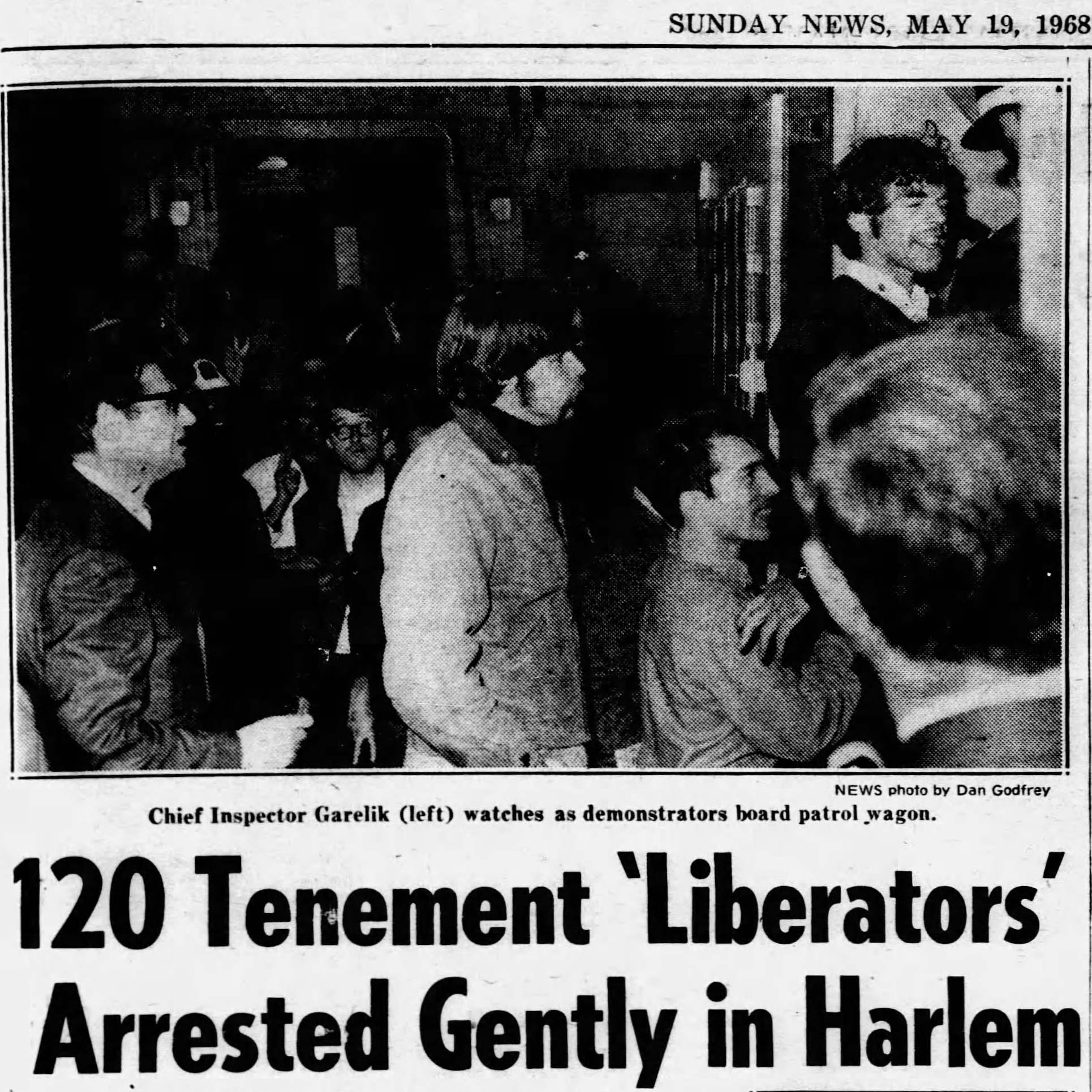
|
| Peter Marsh in custody |
I was charged with three felonies and a misdemeanor and spent the next three years going to court dates on Centre Street and learning about how the criminal courts work in real life for the accused prostitutes, drug offenders, etc, who are the large majority of the court's cases. The key number is 90: the public defender meets the defendent for the first and only time and spends 90 seconds convincing him or her to plead guity in exchange for a 90-day sentence; otherwise they'll be at Rikers for 2-3 years awaiting trial (did you know that 70% of all the people in jail in this country are awaiting trial but can't afford bail?). So they plead guilty. Next!... For every hour I spent in the courtroom I'd see 40 poor souls sent to prison. Anyway after three years and about 30 court dates I ended pleading to a violation, with no punishment.
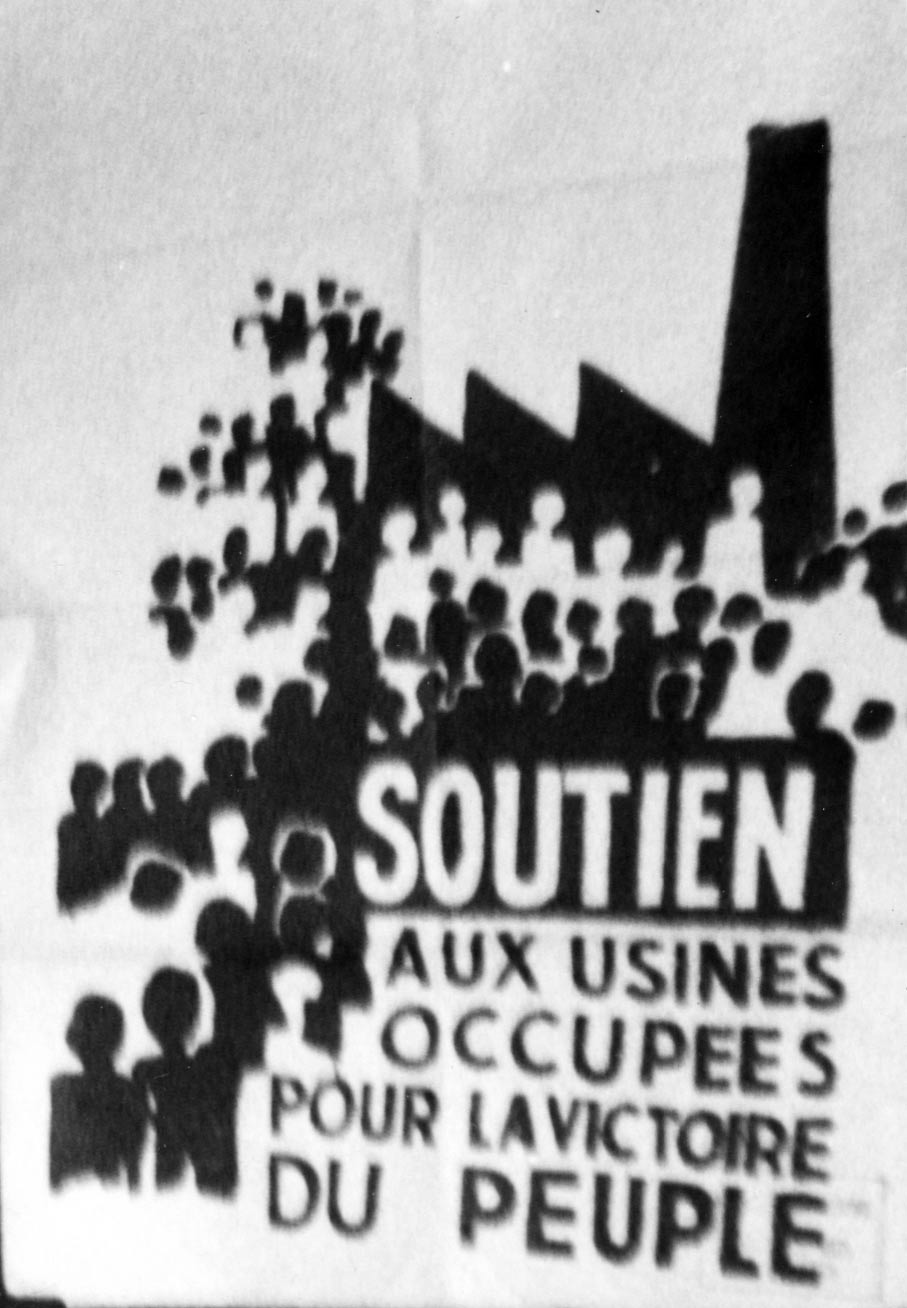
|
| French poster |
The Columbia strike lasted the rest of the school year; the University was effectively shut down. There were picket lines in front of every building, and I was in them. Our main function was to reason with people who disagreed with us, rather than to physically block them from going in. Many were sympathetic, some were hostile, some were belligerent.
I can't speak for the French and Mexicans, but as to why we were so motivated in those days... On average, the USA was killing 2000 Vietnamese, Cambodians, and Laotians every single day and destroying and poisoning their cities, towns, and countryside. People our age were being drafted and sent over there to murder people who only wanted to be left alone. Of my Frankfurt High schoolmates, hundreds went to Vietnam and 15 came back in boxes. And, in the wake of the very recent civil rights movement, Columbia's behavior towards its Harlem and Manhattan Valley neighbors was arrogant and predatory.
Interlude within the Interlude
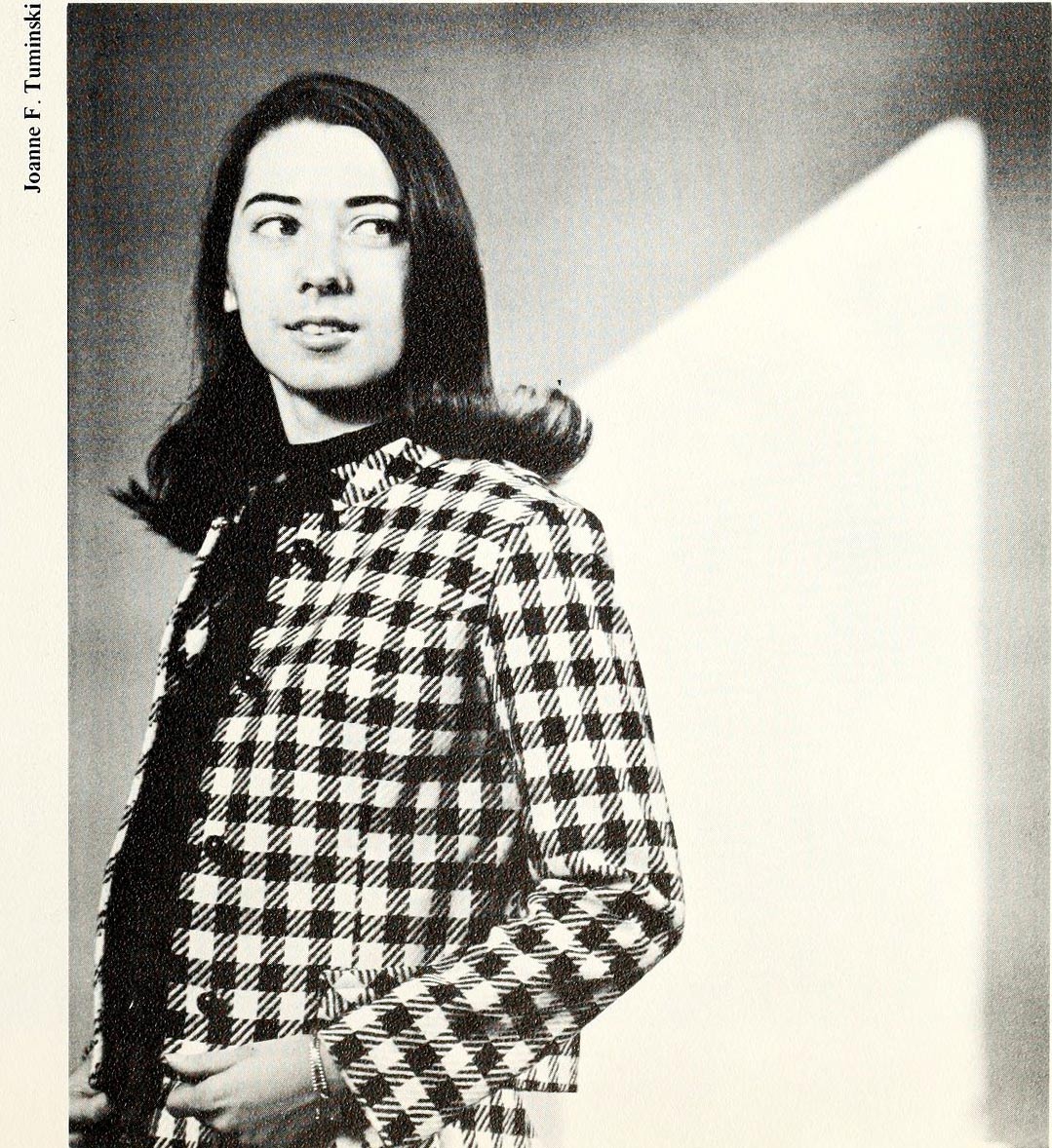
|
| Joanne Tuminski 1968 |
Columbia University, cont'd
I was suspended for a semester because I wouldn't apologize to the Dean of GS and worked full time in Butler, during which time I also was a labor organizer for District Council 65, successful enough to force an (unsuccessful) election, but this got me fired from Butler. The voting, by the way, was at Broadway Presbyterian (Amy's Own Skoo-well), in the basement.
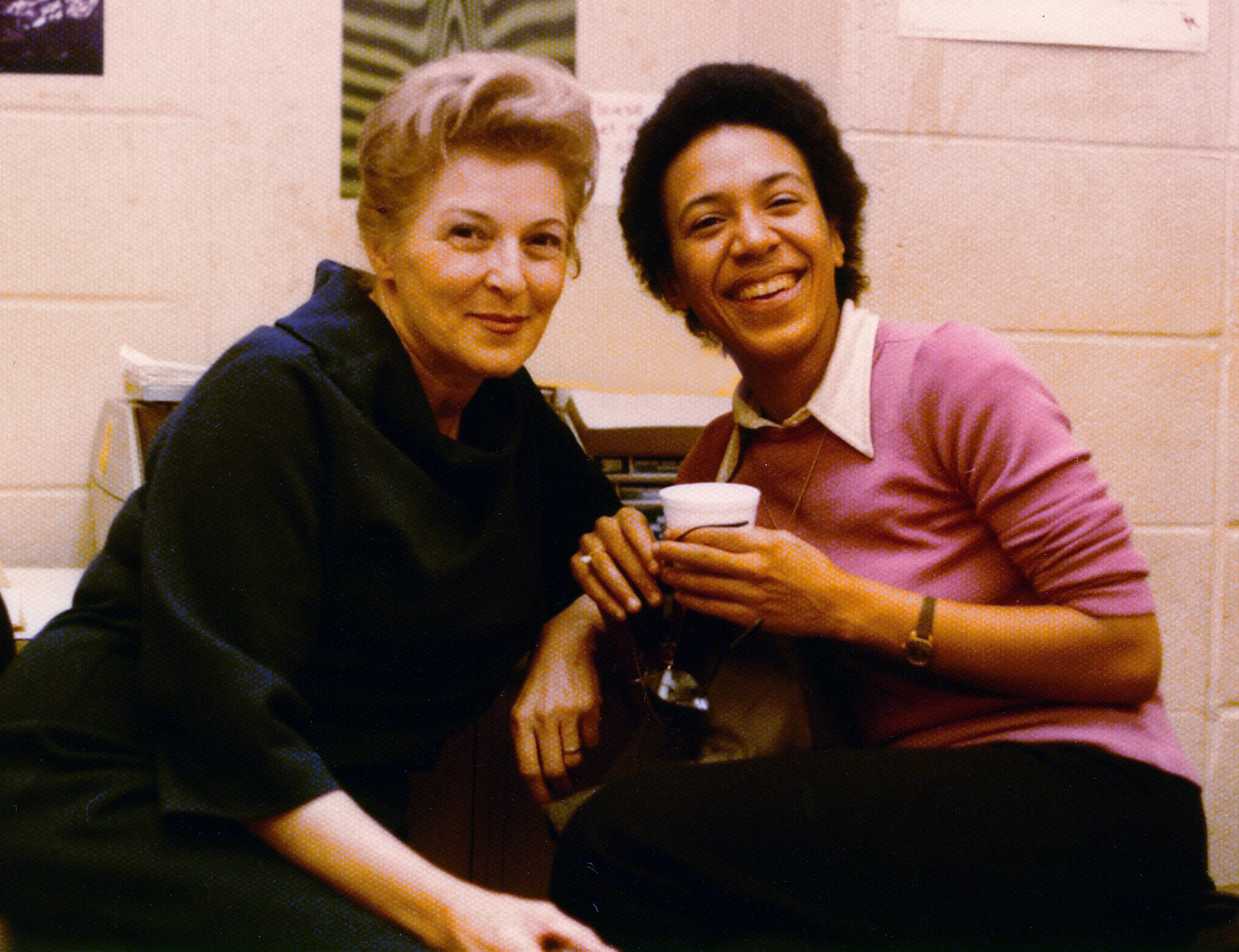
|
| Mina Karp, Margo Jefferson |
The job was in the Applied Physics and Nuclear Engineering department in the Mudd building, which is built around a nuclear reactor that was never turned on. Nevertheless on the reactor floor there were always radiation experiments going on so I had to wear a film badge that was checked weekly to make sure I wasn't radioactive. So aside from office work, I helped set up the experiments (e.g. making big walls out of lead or paraffin bricks for shielding) and also was responsible for the liquid nitrogen supply (once I accidentally dropped a canister and it spilled out over my foot but luckily I was wearing workboots and still have my foot). The job was informal and flexible and people were nice so I could take off for class at any time, and that's how I finished by BA.
Interlude: taxi driving...
I graduated at the end of 1970 (the middle of the school year because of the 1-semester suspension) with a BA in sociology, which turned out to be good for only one job, welfare inspector, which entails going to public housing apartments, banging on the door, demanding to enter in and see if they had anything expensive, the objective being to evict them from public housing and/or take them off welfare.
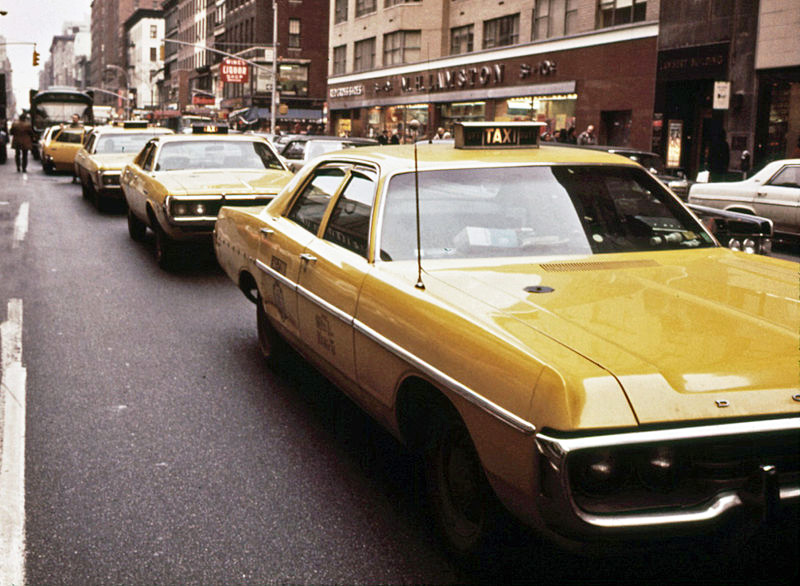
|
| Yellow cabs 1970s |
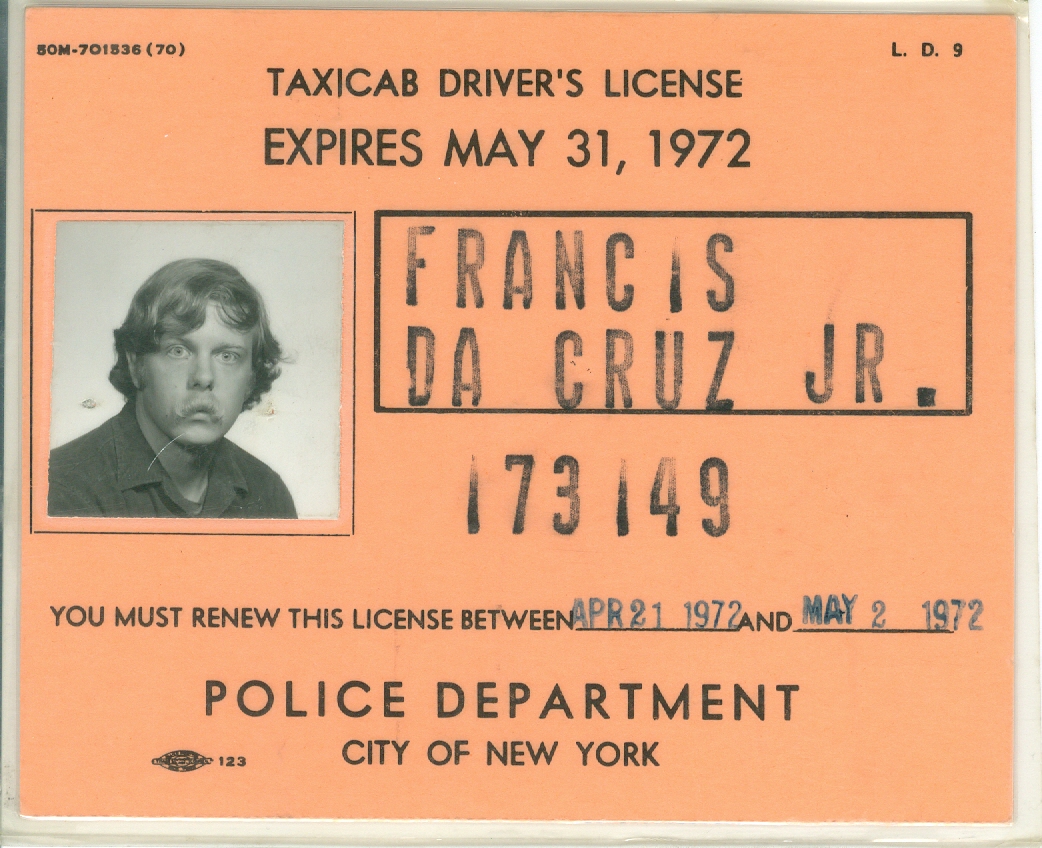
|
| Hack license 1970-72 |
By the way, a trip to the airport was about a $7.00 fare, so it would seem like a good thing, but it turned out that to get a fare back from the airport you had to give $10 to the dispatcher, so I'd just go on Queens Boulevard and usually got a fare or two. (I could keep going for many pages with the taxi stories....)
Around the same time was when Mommie and I bought our first car, a used 1963 Dodge Dart. We went to a used-car lot on Jerome Avenue and Grandpa picked it out. I know we had this car while I was a taxi driver because I remember braking on Broadway to pick up fares, forgetting that I was not in my taxi. We had the Dart for years. We bought our next car from Henry, it was kind of a sports car, eight cylinders, very fast, but paint would not stick to it, it fell off in sheets. After that we bought another used car that was stolen the very next day. Then we bought our first new car, a kind of minivan for our big shopping trips to the Paramus Mall in NJ.
How I got my computer job...
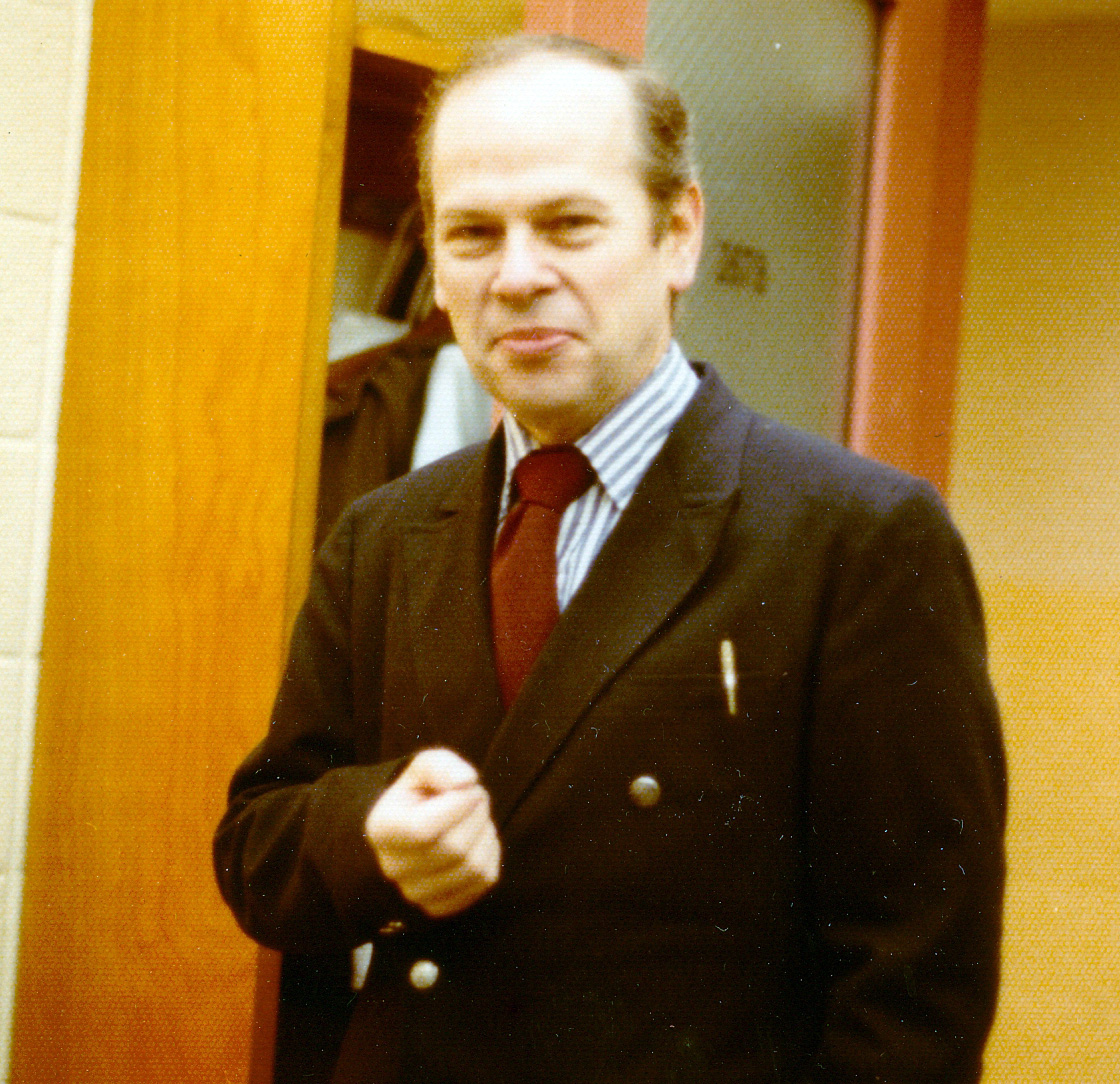
|
| Lee Lidofsky |
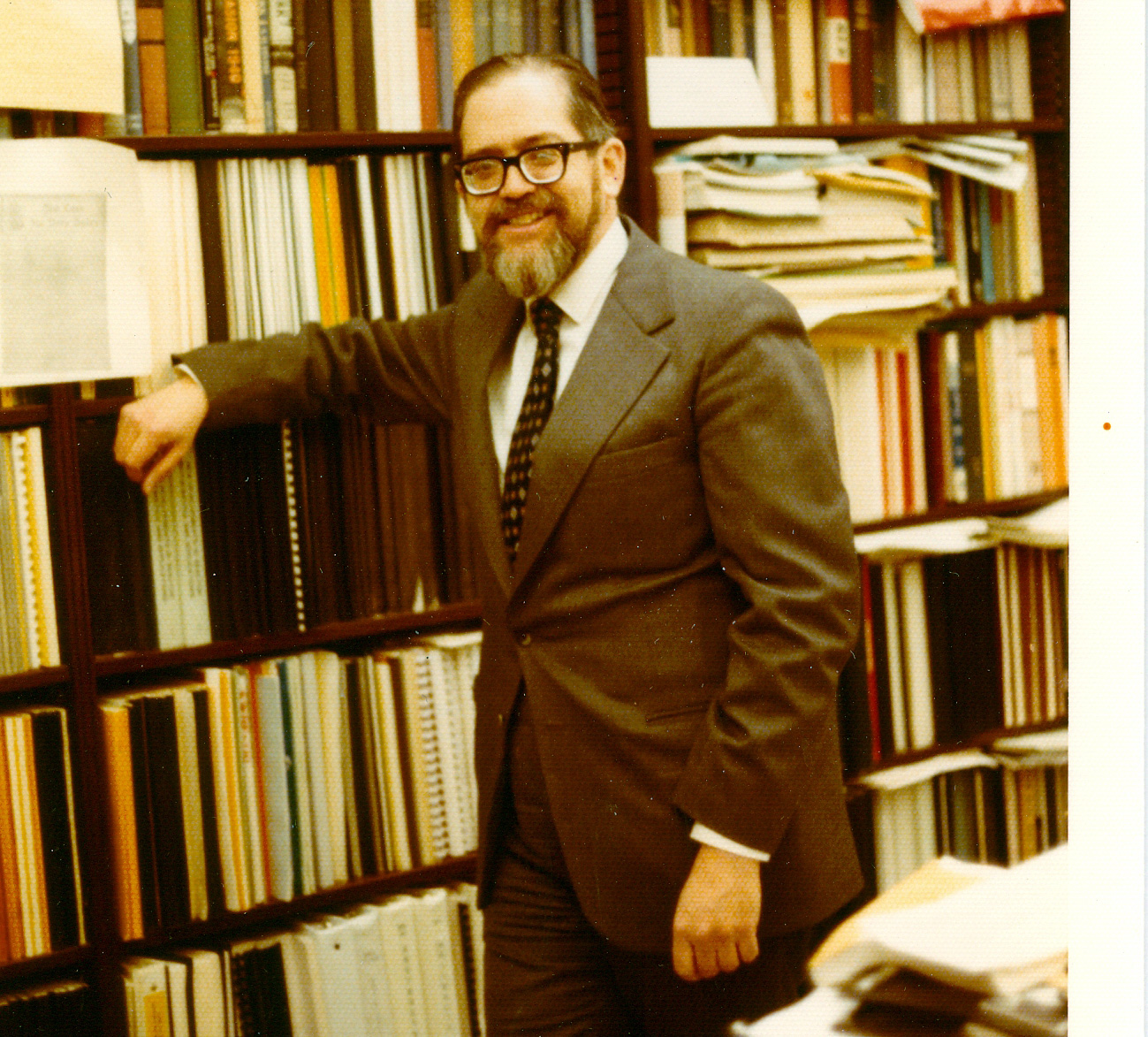
|
| Herb Goldstein |
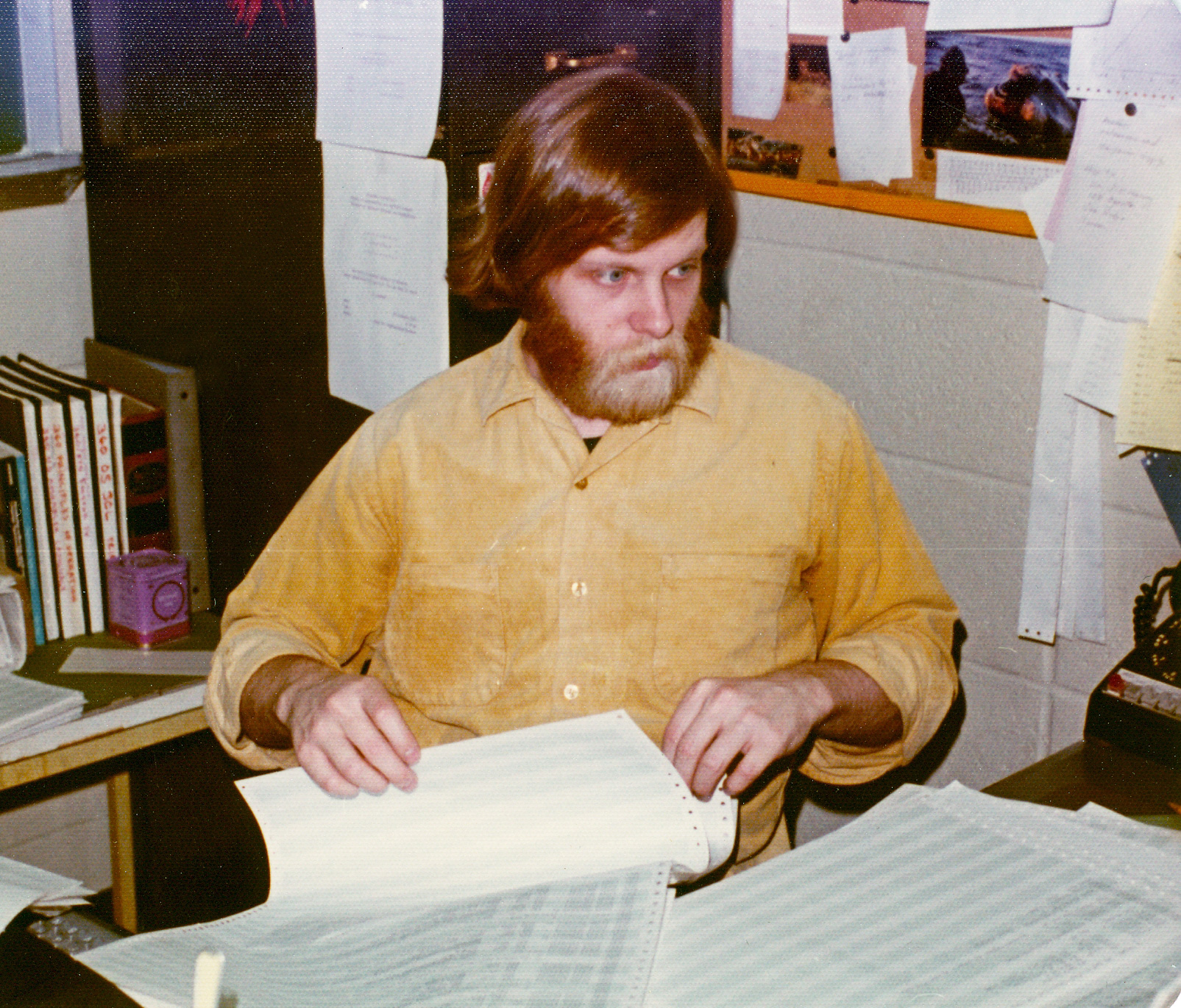
|
| Me programming the old way |
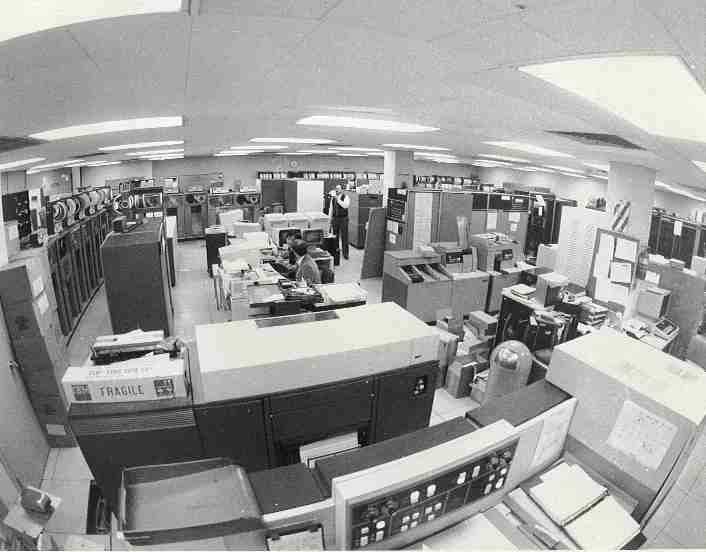
|
| Columbia U machine room 1974 |
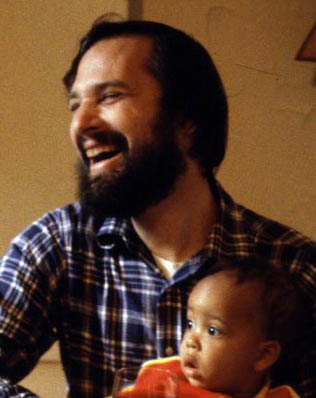
|
| Howard Eskin + Mr.P |
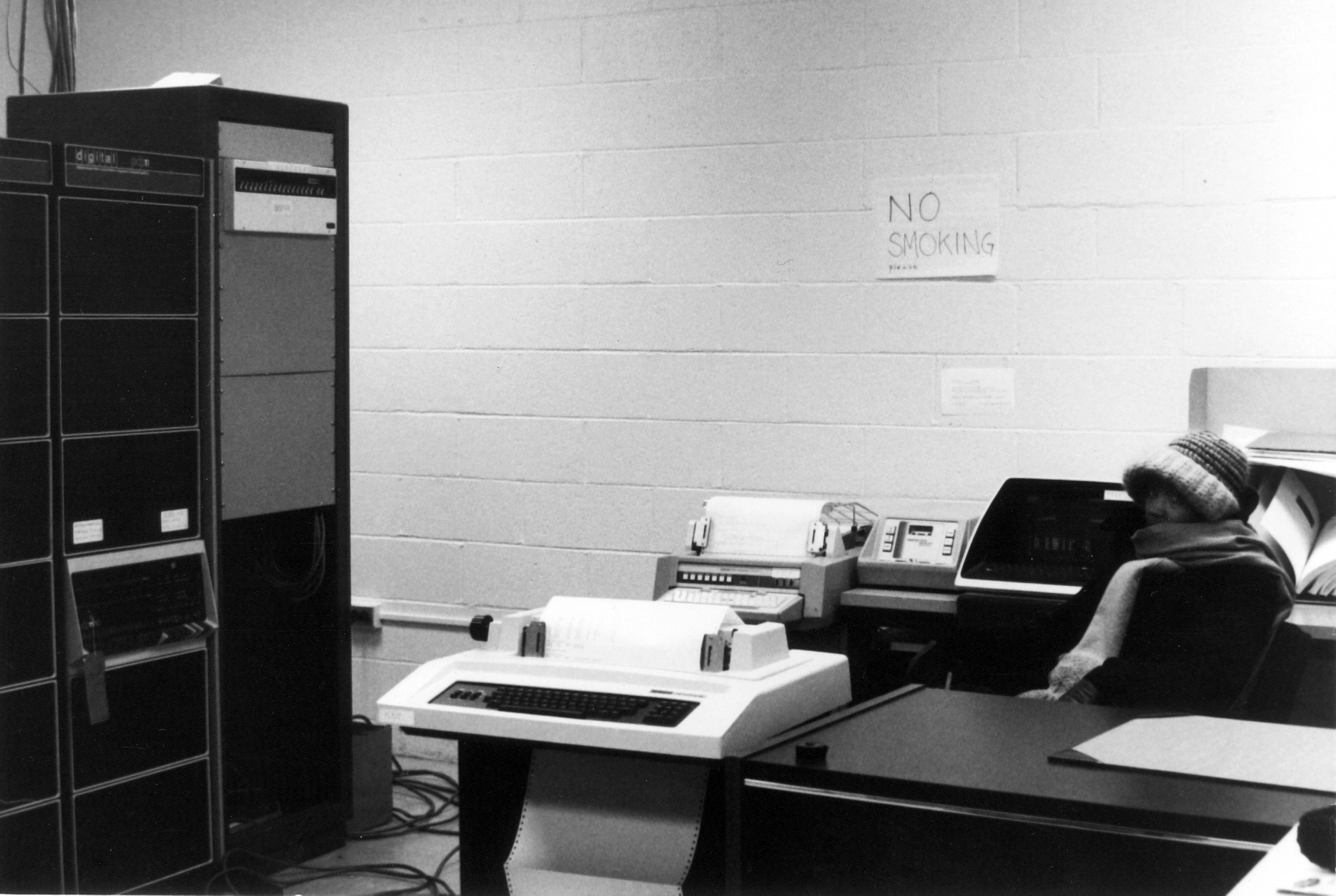
|
| Judy visiting the PDP-11 room 1975 |

|
| PDP-11 room 1976, much more crowded (and loud) |
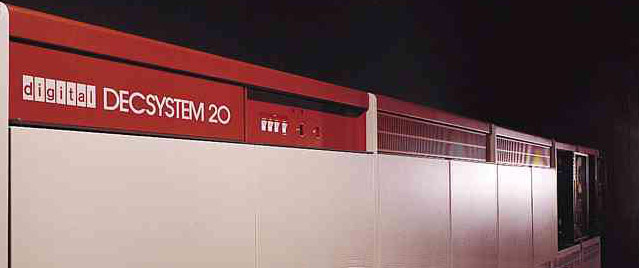
|
| DECSYSTEM-20 1977... A Biiiiiiiiiig Computer! |
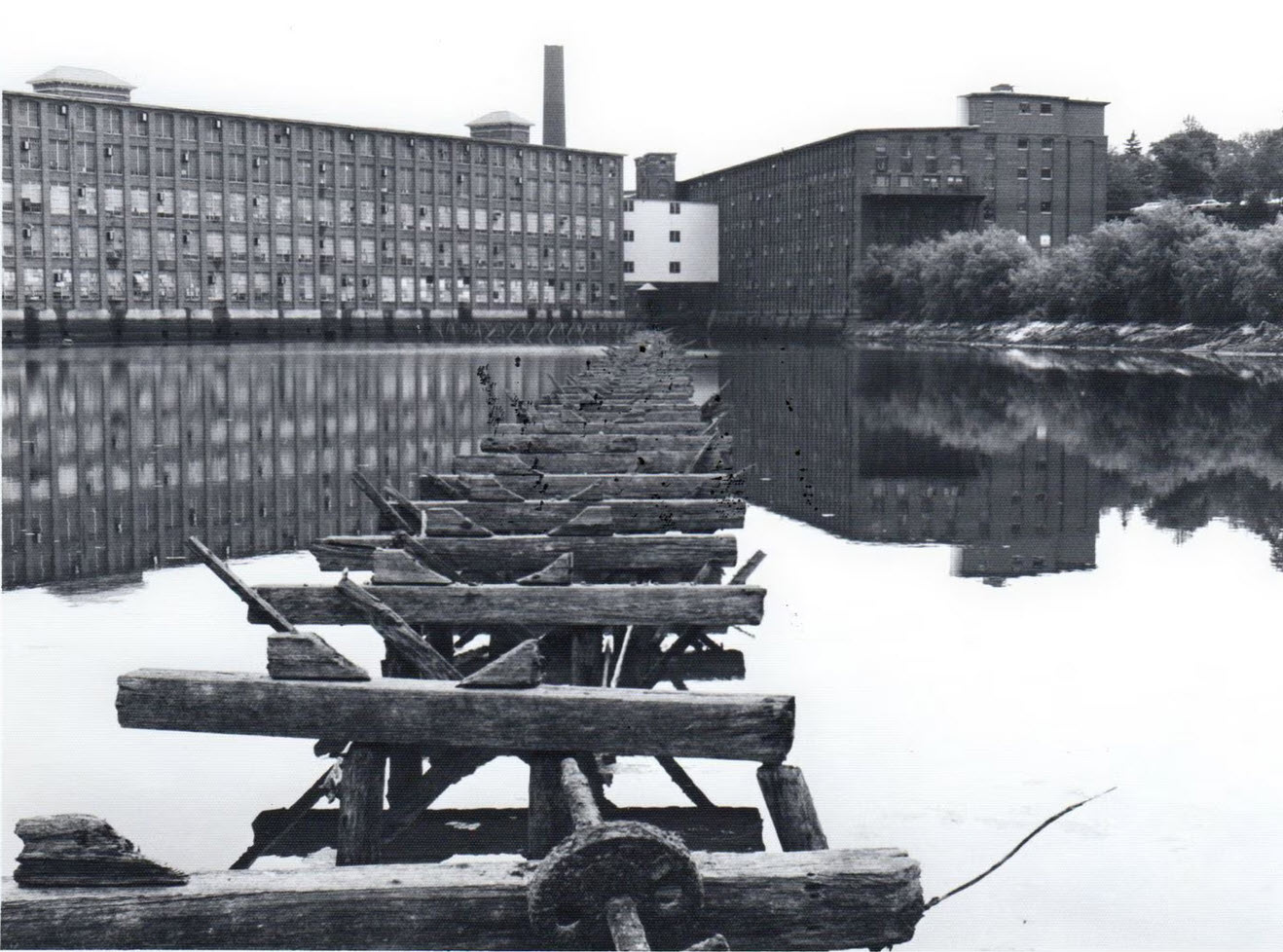
|
| DEC Marlboro |
The Kermit Project...
Starting in the late 1970s, microcomputers and PCs became popular, all different kinds, and also the Columbia departments all had different kinds of computers, both mini and micro. But there was no way for all these different computers to communicate with each other so we developed the Kermit file transfer protocol and the original software programs to execute it. We wrote Kermit programs for CP/M microcomputers, the DEC mini and mainframes, the IBM mainframe, the IBM PC and (when it came out) the Macintosh. This was a big deal, all the other universities wanted it, and when they got it they added new implementations for their own computers, and before long Kermit software was available for hundreds of different computers and we were famous and I had written my first book, which was a best-seller.
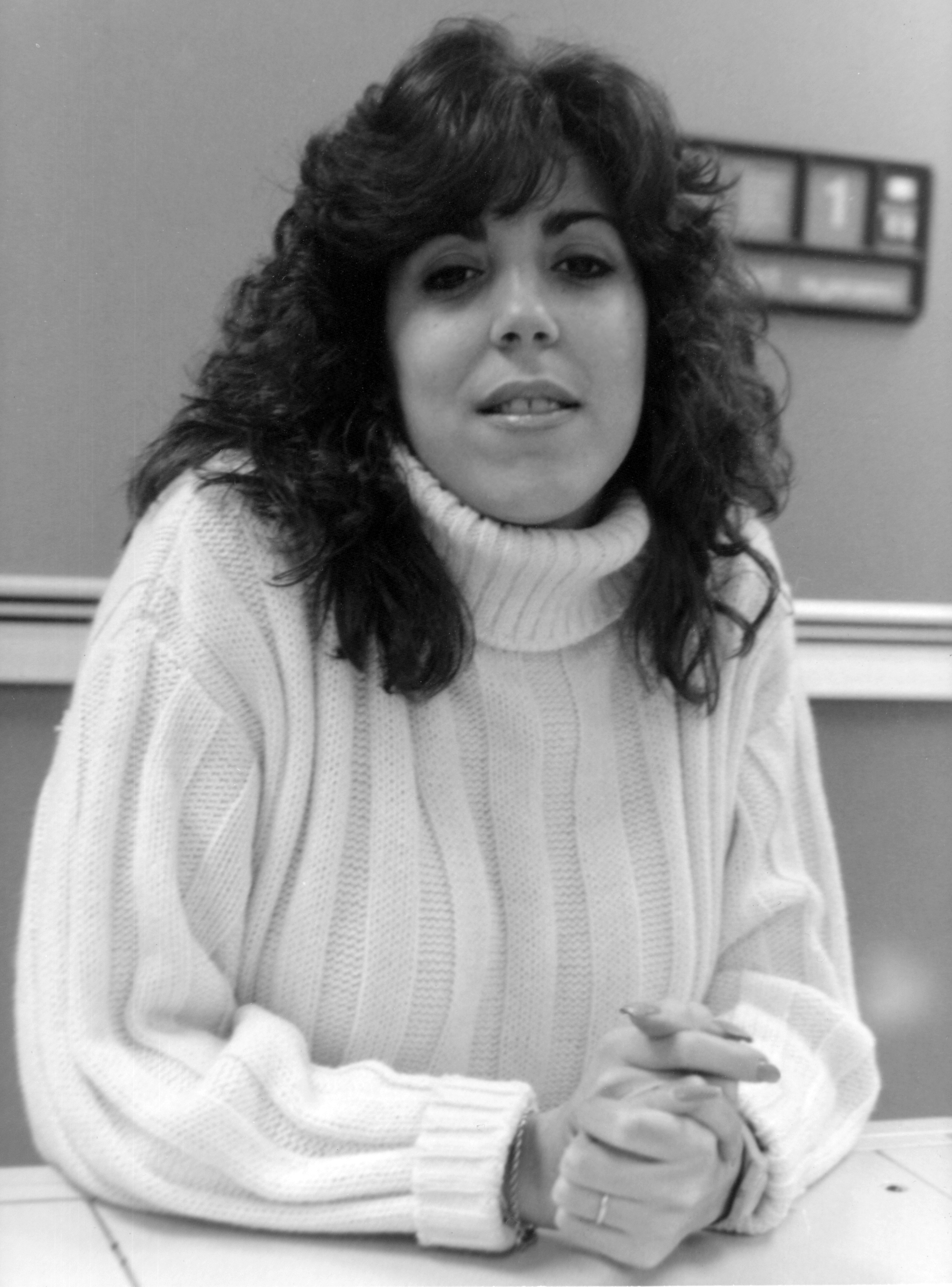
|
| Chris Gianone 1987 |
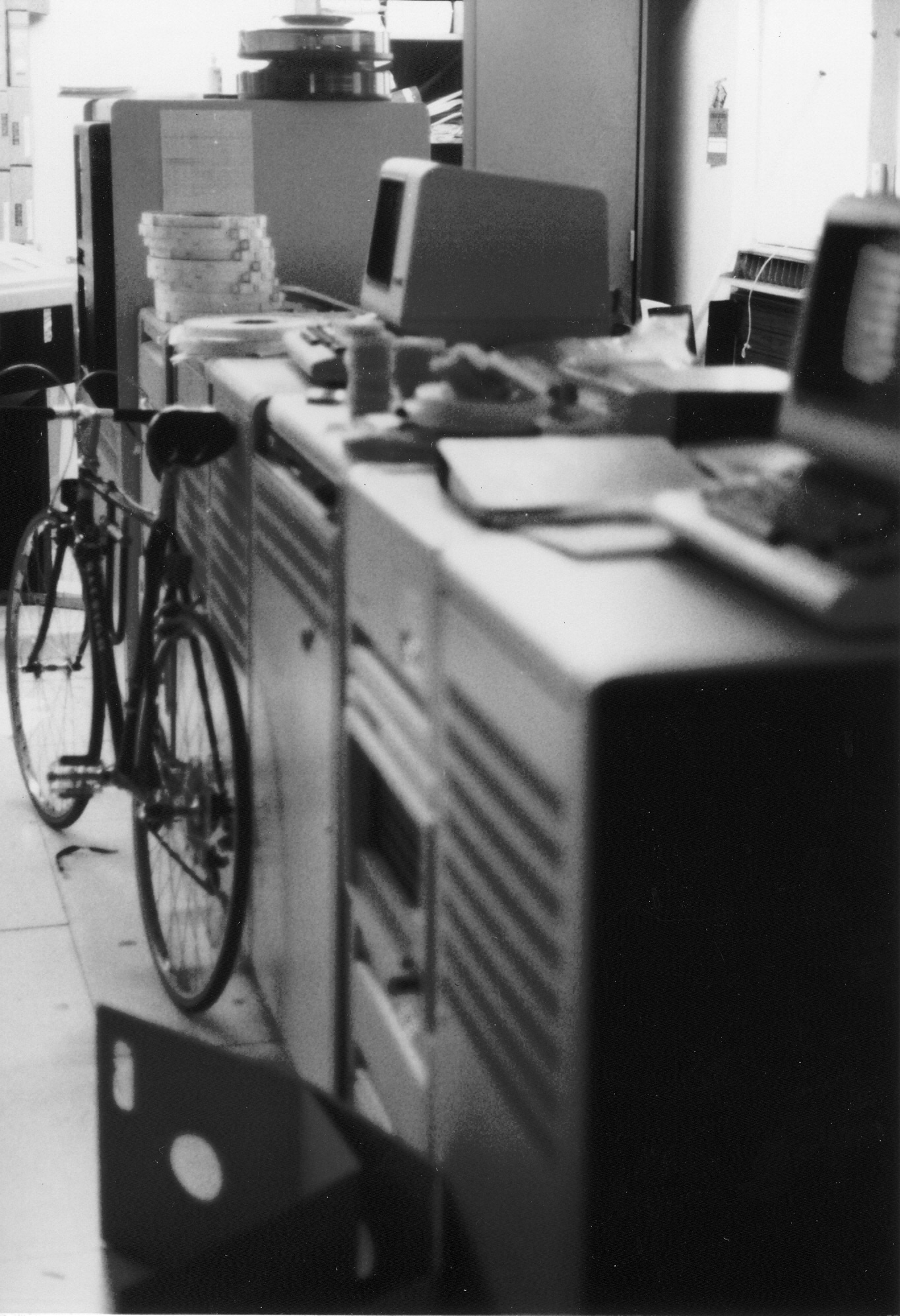
|
| Kermit machine room |
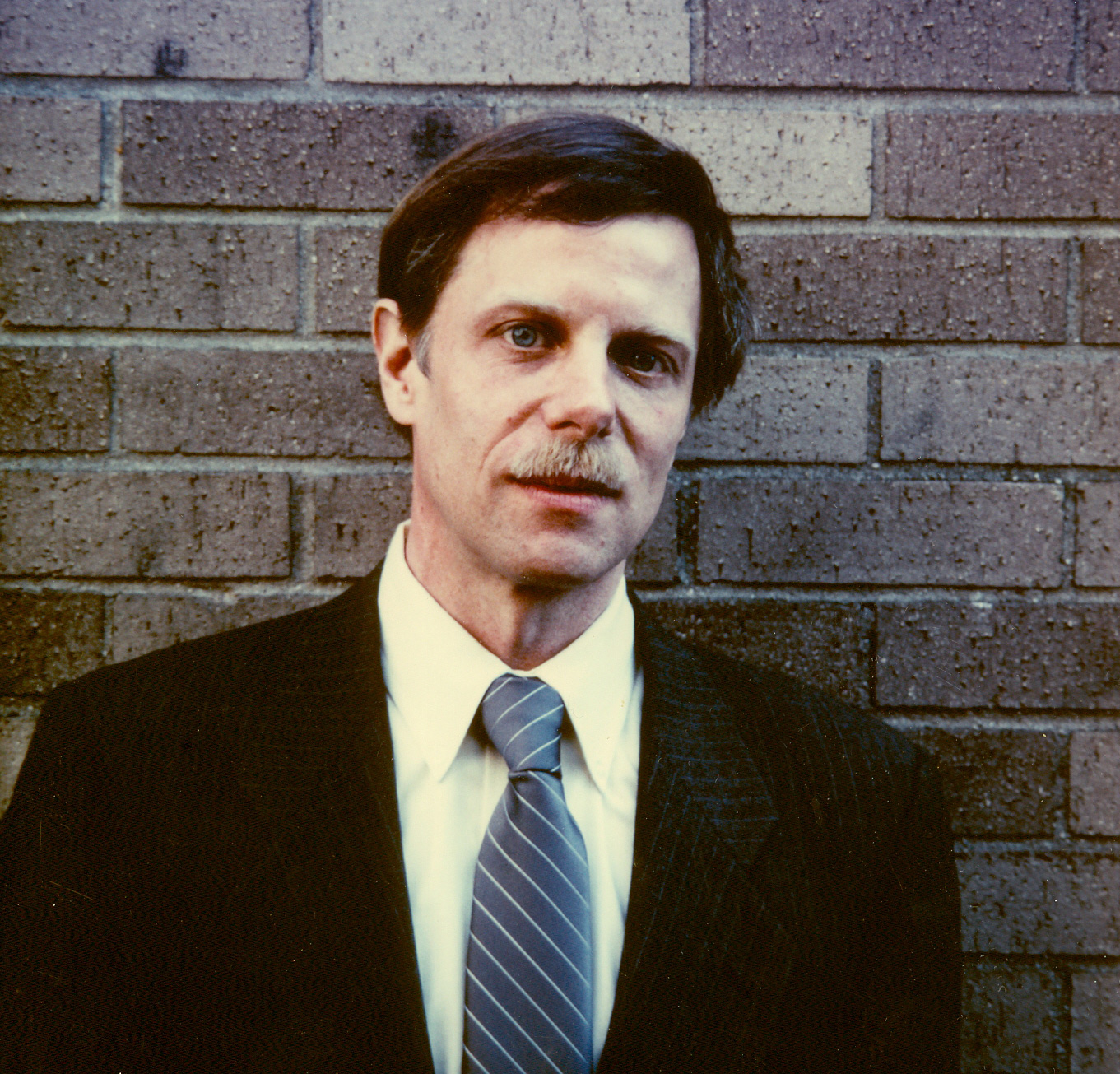
|
| Me with suit 1987 |

|
| Me in Paris 1988 |
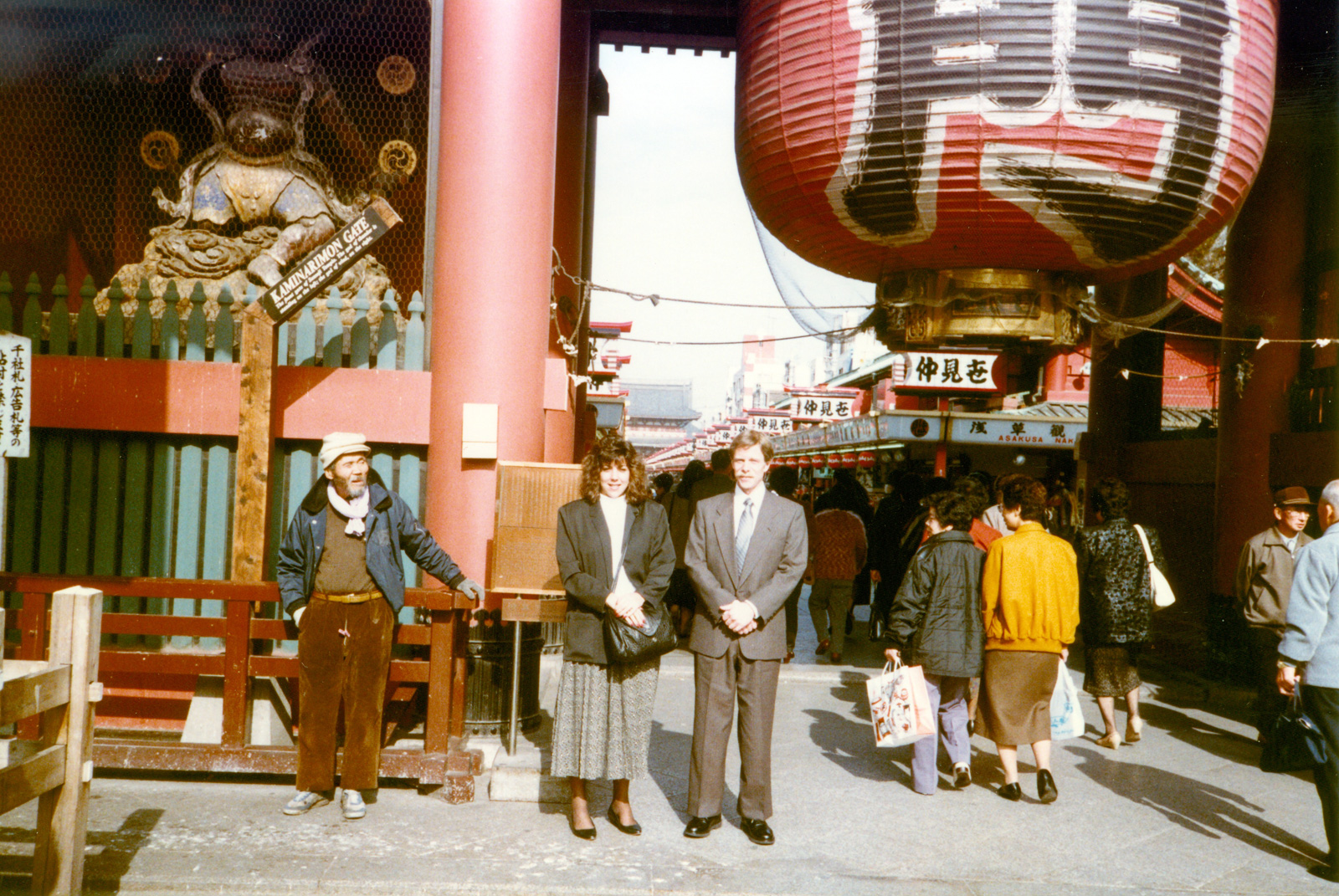
|
| In Tokyo 1987 |

|
| Me in Ulm 1988 |
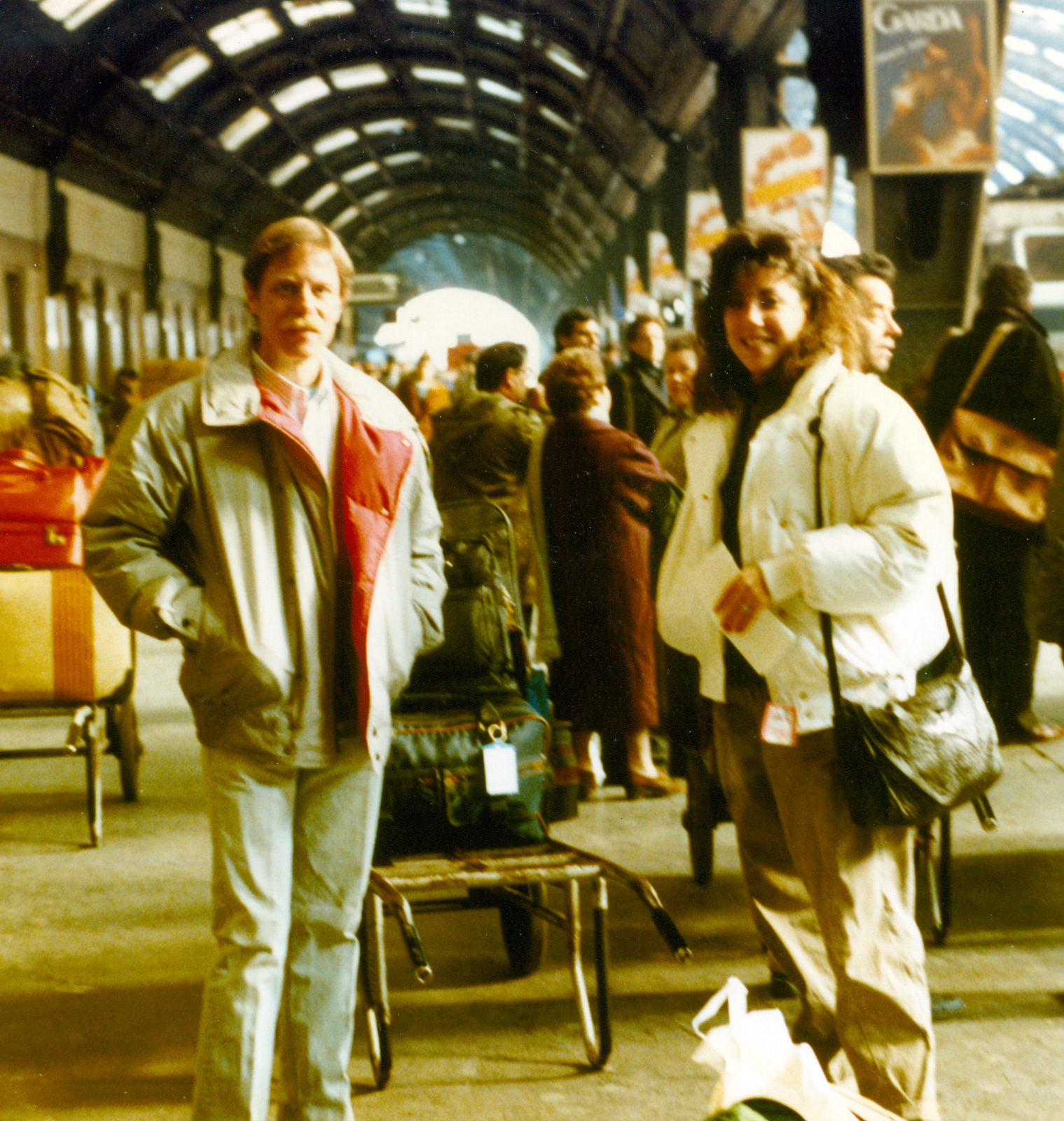
|
| In Milan 1988 |
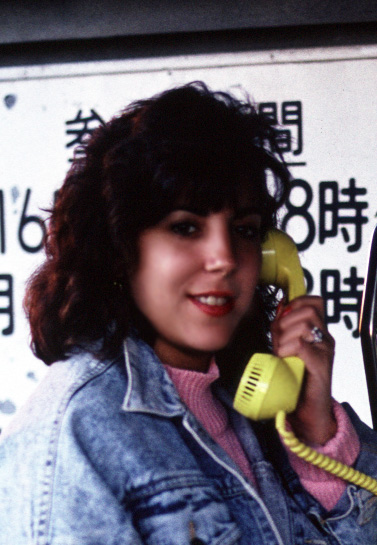
|
| Chris in Japan 1987 |
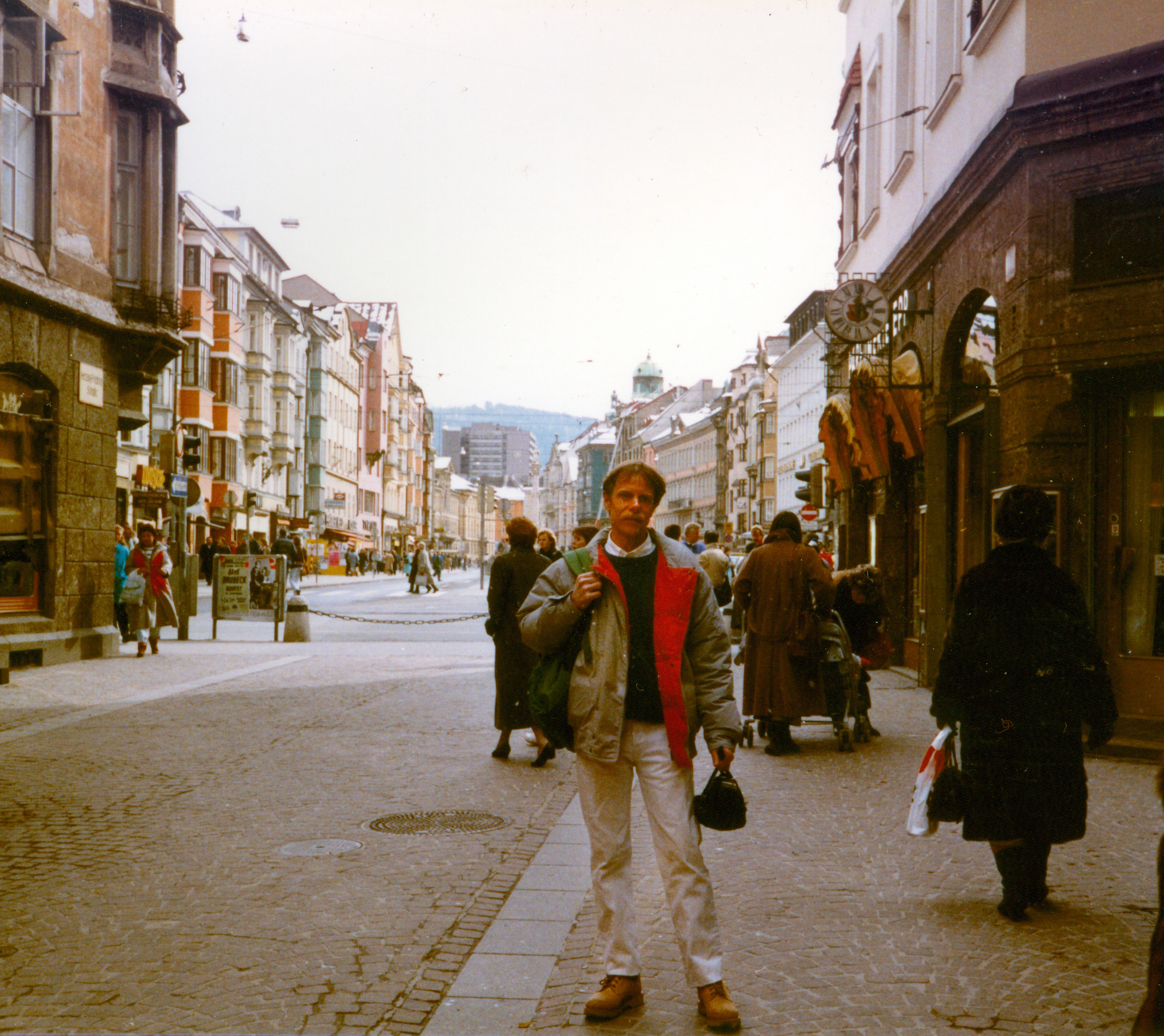
|
| Innsbrück 1988 |
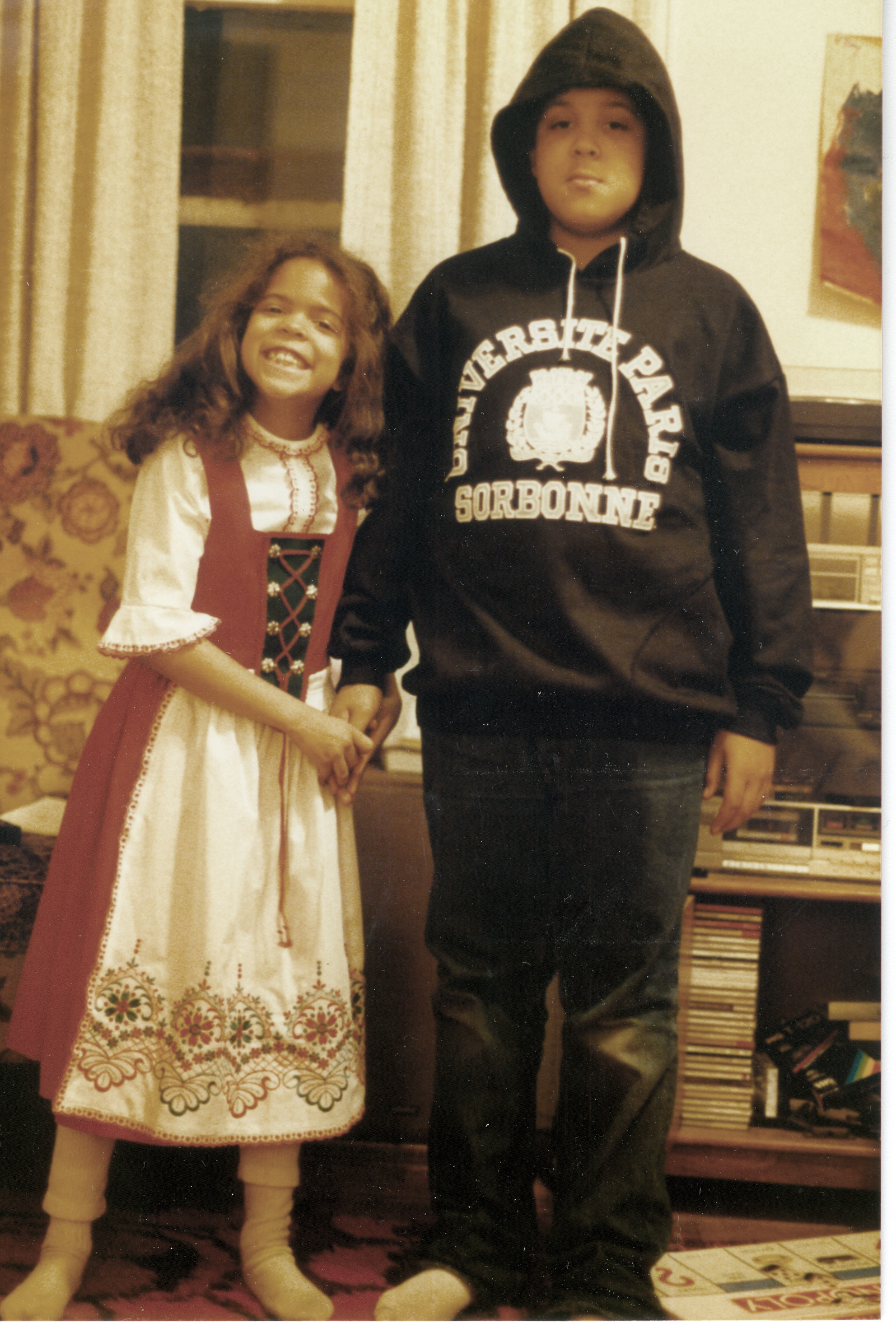
|
| Euro-goodies |
By 1990 we were making so much money in shipping fees and book sales that I was able to resign from my real job (as Columbia's network planning officer) and do Kermit full time, and even hire a full-time programmer. We came out with Kermit 95 for Windows 95 and it made millions of dollars for Columbia. But Windows and the Internet spelled the end of the international conferences and junkets.
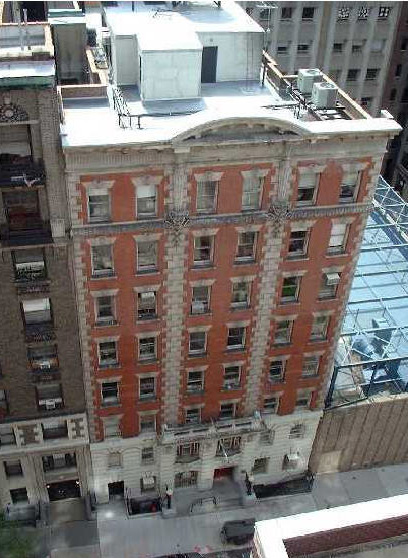
|
| Watson Lab on 115th Street |
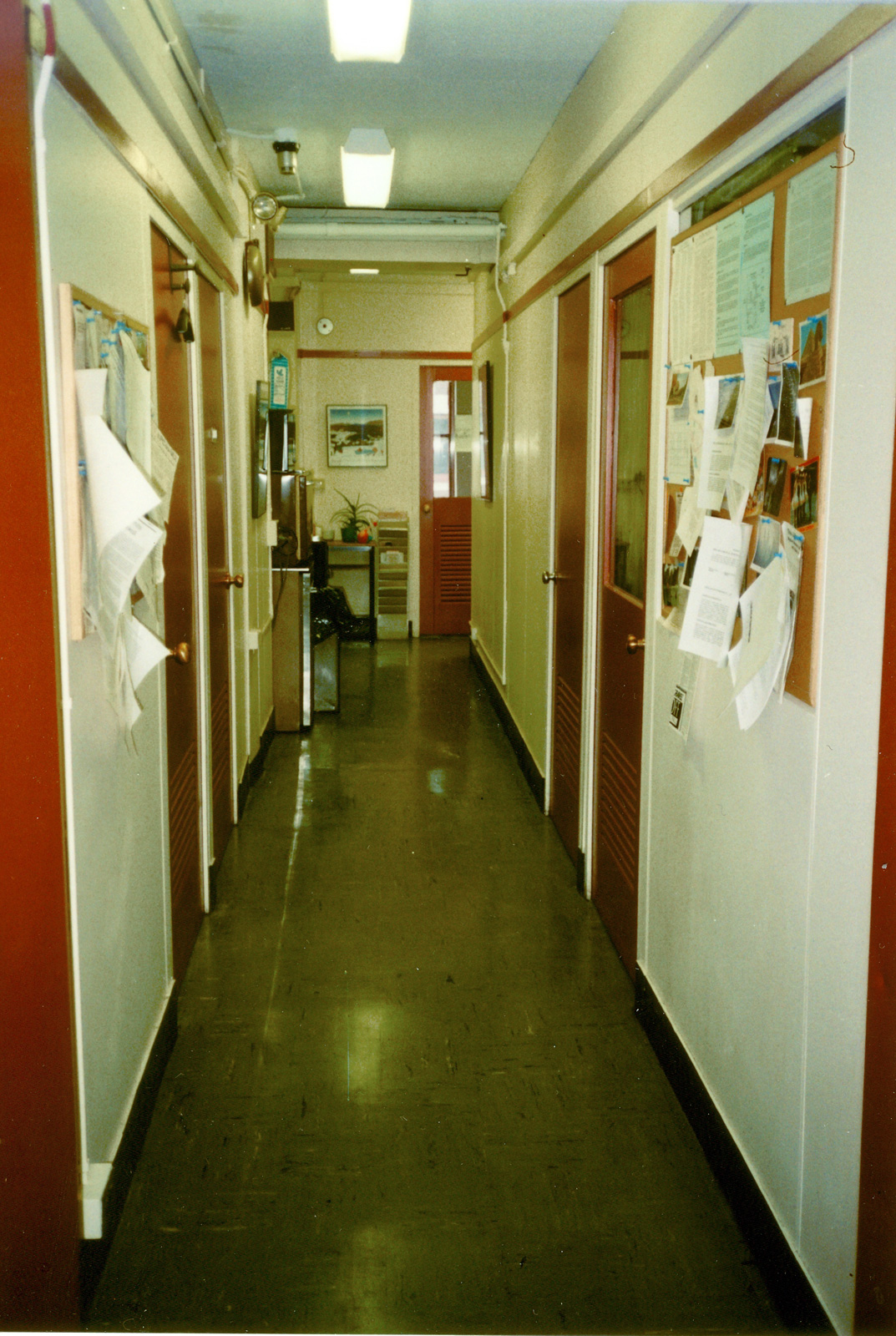
|
| Where I worked for 37 years |
All of that changed in 2005 when CU president Bollinger decided the university should be run like a corporation and brought in corporate managers for every department inluding ours. Overnight it turned from the best place on earth to work to the worst. Nobody was allowed to do their job any more, all we could do was sit in meetings accounting for ourselves and setting goals and milestones, doing "strategic planning", recording everything we do in spreadsheets and dashboards, and on and on. The new managers who were brought in at every level knew nothing about computing, software, or anything else we did, so even more meetings were necessary for all the real workers to explain what they were doing to the clueless managers. Furthermore "project managers" were brought in to "interface" between us and our new managers, and to micromanage our supposed work, which none of us ever had time to do.
Meanwhile heads were rolling; not a week went by without people disappearing, especially the most senior and the most competent. I was the only one they couldn't fire because I was paying my own salary from sales of software licenses. I had been one of the small group of senior managers at the computer center for 30 years, but now I reported to a young guy 1/3 my age who used to work for me, and I had to have a "teleconference" with him every day for a couple hours. But worst of all they decided to starve me out by not letting me make new releases of our revenue-generating software products. It took five years, but eventually orders went down to where CU was having to contribute a few dollars towards my salary, and they laid me off. Luckily by then I was old enough to retire. Even more luckily, my last day was the day before Columbia cut back drastically on its retirement package. It was also the same day as the Washington-DC/NYC earthquake. I actually felt it, sitting in my office chair, a fitting sendoff.
What Is Kermit?
For the record, since it's the main thing I'm known for... From the Kermit Project website:Kermit is the name of a file-transfer and -management protocol and a suite of computer programs for many types of computers that implements that protocol as well as other communication functions ranging from terminal emulation to automation of communications tasks through a high-level cross-platform scripting language. The software is transport-independent, operating over TCP/IP connections in traditional clear-text mode or secured by SSH, SSL/TLS, or Kerberos IV or V, as well as over serial-port connections, modems, and other communication methods (X.25, DECnet, various LAN protocols such as NETBIOS and LAT, parallel ports, etc, on particular platforms).
The Kermit Project was founded at the Columbia University Computer Center in 1981 to meet a specific need, and until the mid- to late 1990s, Kermit was Columbia's standard desktop connectivity software, used universally by students, faculty, and staff to connect from desktop microcomputers, PCs, Macintoshes, and Unix workstations to the central computing facilities: the IBM mainframes (1963-2017), the DECSYSTEM-20s (1977-1988), CLIO (Columbia's first online library information system, 1984-2003), and Cunix (our big central Unix-based servers, 1986-present), and to departmental VAXes, PDP-11s, Suns, and other minicomputers. In the early days of microcomputers and PCs but before widespread deployment of local area networks and desktop workstations that connected to them, Kermit software linked the desktop to e-mail, bulletin boards, file sharing, text processing, messaging, and other aspects of the new on-line culture that is now taken for granted, long before the experience was available at most other institutions. At Columbia, the DEC-20s and the departmental minicomputers are long gone and the IBM mainframes are now only for backoffice use, but Kermit software is still used for SSH sessions from the desktop to CUNIX, and by the technical staff for system and network administration tasks; for example, configuring racks full of HP blade servers as they arrive, management of the University's telephone system, CGI scripting, alpha paging of on-call staff, and so on. Plus, of course, by old-timers who just plain prefer the safety and efficiency of text-mode shell sessions for email and to get their work done; for example, software development and website management.
Over the years, the Kermit Project grew into a worldwide cooperative nonprofit software development and distribution effort, headquartered at and coordinated from Columbia University, as Kermit software was ported to or developed for more and more computers and operating systems (see list). The Kermit Project is dedicated to production of cross-platform, long-lasting, stable, standards-conformant, interoperable communications software, and has been actively engaged in the standards process. Kermit software is used all over the world in every sector of the economy: national government, state and local government, academic, medicine and health care, engineering, aerospace, nonprofit, and commercial.
 Although terminal emulation has been largely supplanted by the Web for
online access, Kermit software continues to play a role in other
applications such as remote sensing and data collection, management and
troubleshooting of networking and telecommunications equipment, back office
work, cargo and inventory management, medical insurance claim submission,
electronic funds transfer, and online filing of income tax returns. Kermit
software is embedded in network routers and switches, in cell-phone towers,
in medical diagnostic and monitoring equipment, even in cardiac pacemakers,
not to mention the cash registers of quite a few big-name "big box"
retailers. In 2002 Kermit flew on
the International Space
Station, and Kermit software is the communication method used by
EM APEX ocean floats
(left) supplying realtime data to hurricane researchers and trackers to this
day (the hurricane project entered a new expanded phase in 2010 based on
a new version of Embedded
Kermit).
Although terminal emulation has been largely supplanted by the Web for
online access, Kermit software continues to play a role in other
applications such as remote sensing and data collection, management and
troubleshooting of networking and telecommunications equipment, back office
work, cargo and inventory management, medical insurance claim submission,
electronic funds transfer, and online filing of income tax returns. Kermit
software is embedded in network routers and switches, in cell-phone towers,
in medical diagnostic and monitoring equipment, even in cardiac pacemakers,
not to mention the cash registers of quite a few big-name "big box"
retailers. In 2002 Kermit flew on
the International Space
Station, and Kermit software is the communication method used by
EM APEX ocean floats
(left) supplying realtime data to hurricane researchers and trackers to this
day (the hurricane project entered a new expanded phase in 2010 based on
a new version of Embedded
Kermit).
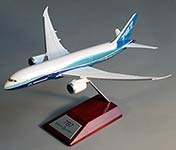 Since the 1980s, Kermit protocol and software have been used on the
factory floor in programmable die-cutting, press brake, laminating,
flat roll, shearing, metal- and plastic-processing, woodworking, and other
machines. For example, in the manufacture of the Boeing 787, where
Kermit is used to control a Tape
Layer that forms certain body components. You can read more about how
Kermit is used on the factory floor here and here.
Since the 1980s, Kermit protocol and software have been used on the
factory floor in programmable die-cutting, press brake, laminating,
flat roll, shearing, metal- and plastic-processing, woodworking, and other
machines. For example, in the manufacture of the Boeing 787, where
Kermit is used to control a Tape
Layer that forms certain body components. You can read more about how
Kermit is used on the factory floor here and here.


 In the 1990s Kermit software was used in US Post Office automation, it played a
key role in the 1994 Brazilian national
election (the biggest in the history of the world up to that
time), and it was central to the UN relief
mission to Bosnia, “linking the entire spectrum of the project
operation, from mainframe, minicomputer, PCs, to handheld devices and
barcode readers.”
In the 1990s Kermit software was used in US Post Office automation, it played a
key role in the 1994 Brazilian national
election (the biggest in the history of the world up to that
time), and it was central to the UN relief
mission to Bosnia, “linking the entire spectrum of the project
operation, from mainframe, minicomputer, PCs, to handheld devices and
barcode readers.”
In the 1980s the robustness of the Kermit protocol suited it ideally for service in the Green Revolution in Africa, the joint European-USSR Giotto space mission, and perhaps most notably in reestablishing data communication between US research stations in Antarctica and the mainland after they were cut off in 1986 in a computer mishap during the 9-month Antarctic winter. In 1988 an international conference on Kermit was hosted in Moscow, USSR, and Kermit sessions were featured at other conferences throughout the 1980s in Tokyo, Bern, Paris, Nashville, and elsewhere.
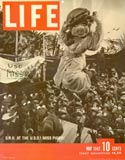 The Kermit protocol and software are named after Kermit the Frog,
star of the television series, The Muppet Show; the name Kermit is used by
permission of Henson Associates, Inc. Why is it named after Kermit the
Frog? In May of 1981 we already had first implementations of the
protocol working, but we didn't have a name for the protocol or the software
yet. A group of us was discussing it (me, Bill Catchings, Bill Schilit,
Jeff Damens, I think that was the group), without actually caring too much
since we never expected the software to spread all over the world and last
for decades. I happened to be facing the wall that had a Muppets calendar
on it, and since my children were such big fans of the Muppet Show I
said,
The Kermit protocol and software are named after Kermit the Frog,
star of the television series, The Muppet Show; the name Kermit is used by
permission of Henson Associates, Inc. Why is it named after Kermit the
Frog? In May of 1981 we already had first implementations of the
protocol working, but we didn't have a name for the protocol or the software
yet. A group of us was discussing it (me, Bill Catchings, Bill Schilit,
Jeff Damens, I think that was the group), without actually caring too much
since we never expected the software to spread all over the world and last
for decades. I happened to be facing the wall that had a Muppets calendar
on it, and since my children were such big fans of the Muppet Show I
said, How about Kermit
? Thirty years later (May 2011) I found
the calendar page that I was looking at when I said that, you can see it on
the left and you can click on it to see a bigger image.
About 150 distinct Kermit programs were written by us at Columbia and elsewhere by volunteer developers, which ran on countless different hardware architectures, operating systems, OS versions and variants, in about 36 different programming languages; they are all housed at the Kermit Software Archive.
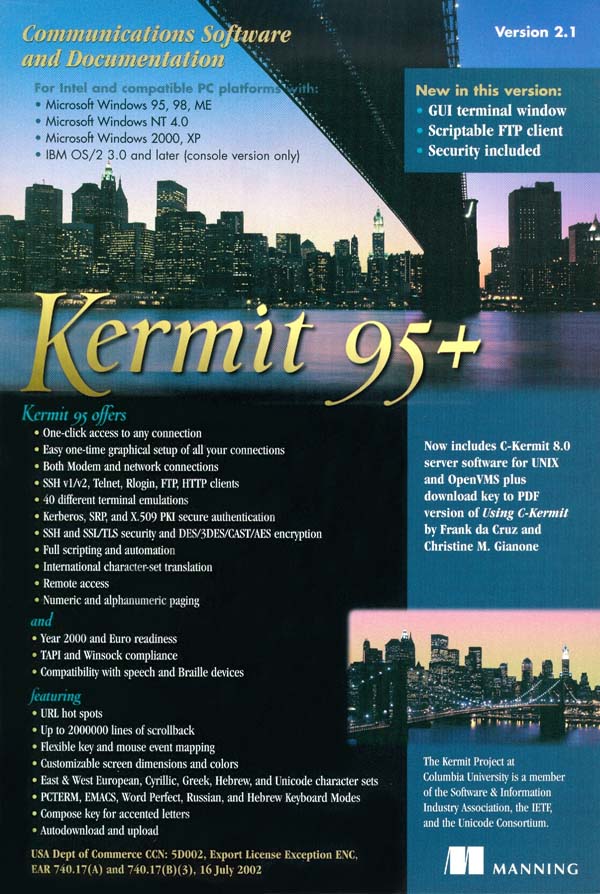
|
| K95 Shrinkwrap |
The Kermit Project was put on a self-funding basis in 1984, and from then until its cancellation in 2011, it realized $8,894,912.00 in revenue for the University, plus an equipment grant (the Hermit Project) valued at $3,000,000.00. Between 1984, when the Kermit "business" began, until 1998, when the Internet took over the world, we made 31,591 shipments of Kermit software on magnetic media (mainly 10-inch reels of 9-track magnetic tape); 4679 of them international to 107 different countries including some that no longer exist such as the USSR and Yugoslavia, and to others you might not expect such as New Caledonia and (via Panama) Cuba.
The documents and records (and some artifacts) of the Kermit Project are housed at the Computer History museum in Mountain View CA, along with oral histories of the Kermit Project
- da Cruz, Frank, and Bill Catchings, "Kermit: A File Transfer Protocol for Universities", BYTE Magazine, Volume 9, Numbers 6 and 7, June and July 1984 (our title was "The Kermit File Transfer Protocol" but the BYTE editors changed it).
- da Cruz, Frank, Kermit, A File Transfer Protocol, Digital Press, Bedford MA (1987), ISBN 0-932376-88-6; foreword by Donald Knuth (a Russian edition was in the works when the Soviet Union collapsed).
- da Cruz, Frank, and Christine M. Gianone, Using C-Kermit, Second Edition, Digital Press / Butterworth Heinemann, Newton MA (1997), ISBN 0-55558-164-1 (there was also a German edition).
- Gianone, Christine M., Using MS-DOS Kermit, Second Edition, Digital Press, Burlington MA (1992), ISBN 1-55558-082-3 (there were also German and French editions).
- Kermit Oral History Panel, The Computer History Museum, recorded 6 April 2012 at Watson Laboratory, Columbia University (the link is to a PDF transcription).
- Frank da Cruz Kermit records inventory, 1968-2006, The Computer History Museum (PDF).
- The New Open-Source Kermit Project (website, 2011-present).
International Kermit Conference Moscow USSR 1989
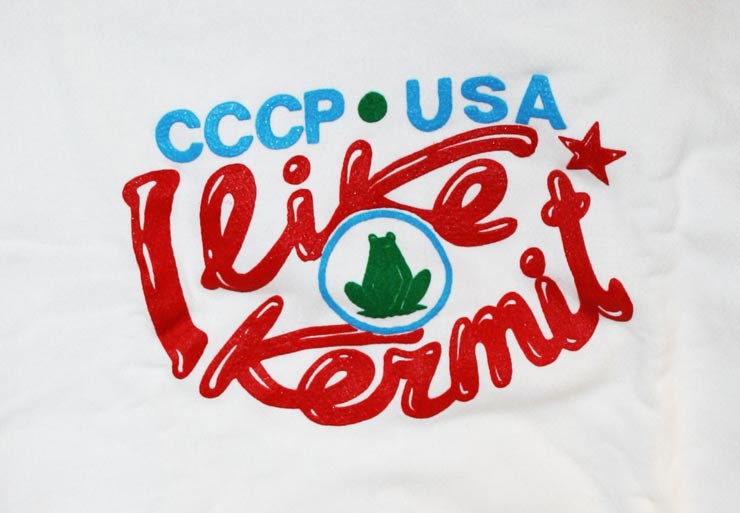
|
| USSR Kermit Conference logo |
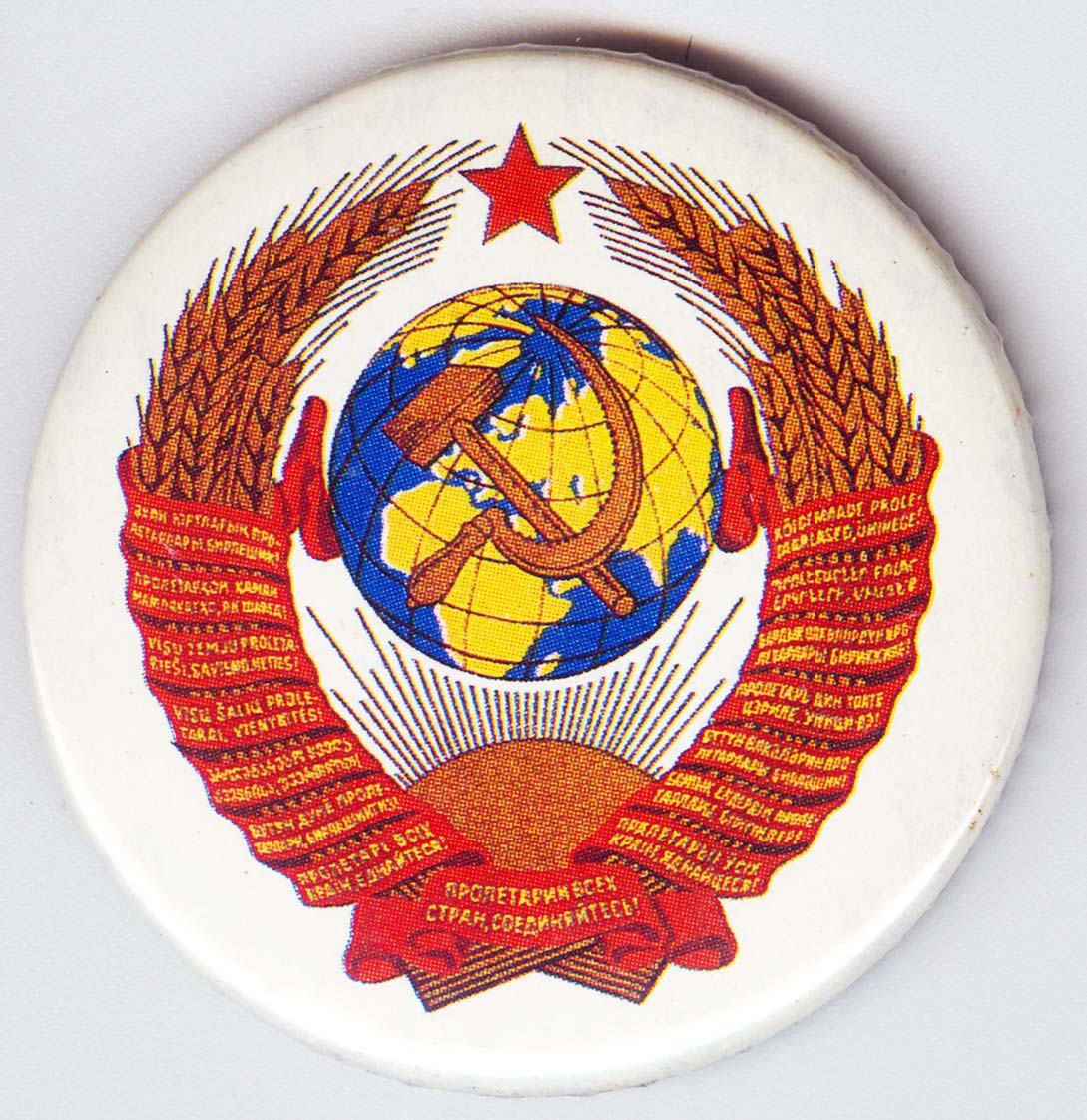
|
| USSR button |
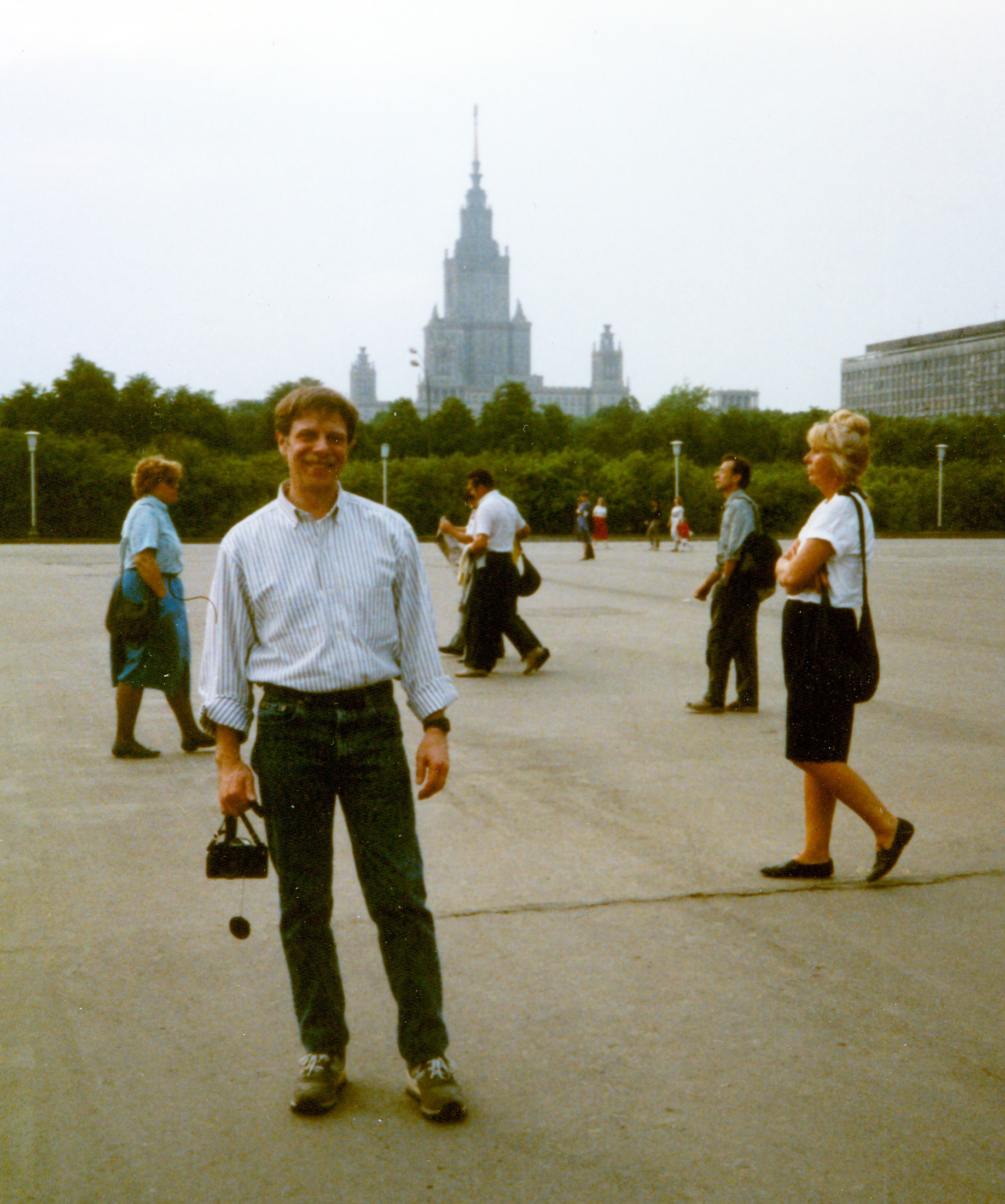
|
| Me in Moscow 1989 |
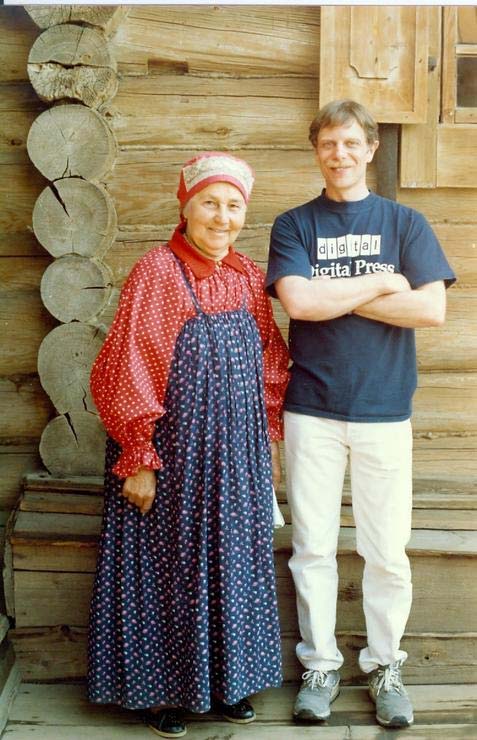
|
| Me in Suzdal 1989 |

|
| Red Square |

|
| USSR coins - click to enlarge |